We didn’t really know much about El Salvador before we entered the country. In all our years of travelling, no one has ever told us to drop our sandwiches and head for El Salvador. Its neighbouring countries, Guatemala and Nicaragua, seem to get all the attention in travel blogs and guidebooks. Meanwhile, El Salvador is ignored like the middle child.
Lonely Planet says you only need a week to cover El Salvador’s main attractions. The media basically says not to go to El Salvador because of rising gang violence. But we were curious about this place. So we decided to spend two weeks there, despite what the media and the Lonely Planet said.
_____________________
The Border Crossing
We entered El Salvador at the port of Valle Nuevo-Las Chinamas (on highway CA-8), about 2.5 hours from Antigua, Guatemala. Our friends John and Paula of Our Bigger Picture joined us for the crossing on Saturday, July 18. It was really interesting to follow them on the road because all the locals stared at their rig, LoJo, instead of at Lucky – it was a nice change.
By the way, we’d like to give a big shout out to Amanda and Travis of Freedom with Bruno who documented their Guatemala to El Salvador crossing at Valle Nuevo-Las Chinamas. Amanda’s detailed instructions, along with our shared experience with John and Paula, made for a smooth entry into El Salvador.
After the border, Lucky and LoJo parted ways and Gregor drove us towards our first camp spot. We were pleasantly surprised by the quality of the highways and the signage.
Even the speed bumps (topes or tumulos) were highly visible and came with ample warning.
There were no reckless drivers. No steep or dangerous curves. No concave or convex surprises embedded in the road.
We were actually shocked to see designated “viewpoints” where you could safely park your car and gaze at the surrounding landscape on a nicely painted wooden platform, equipped with safety railings, an interpretative sign, and…wait for it…
“A garbage can!” I gasped, pointing excitedly at a large steel bin marked Basura. We rarely see public garbage cans by the roadside.
Gregor stared at the bin and smiled: “I like El Salvador already.”
_____________________
Termales de Alicante, Ahuacapan
We spent our first night in El Salvador at the thermal hot springs of Termales de Alicante, located in the department of Ahuacapan.
To get there, we turned off the nicely paved highway onto a gravel road leading to a geothermal zone.
Our campsite at Termales de Alicante was essentially the parking lot of a thermal spa. We paid $20 USD for both of us to camp there AND have full use of the thermal pools after closing hours.
We didn’t realize how rejuvenating the hot pools would be. When we came out, our skin felt smoother, our muscles relaxed, and our bodies felt nice and warm in the cool mountain air.
As we dried ourselves off, Gregor smiled and said: “I’m really liking El Salvador.”
_______________
Swanky Santa Tecla
Just before we crossed into El Salvador, we experienced a couple of IT nightmares.
First, all five of our Marionette websites went down, including this blog. Our Internet access was so poor at the time that we couldn’t revive the sites.
Then, Gregor’s MacBookPro computer crashed. Gregor frantically tried restoring his system with our backup drives, but this failed miserably.
I should mention that Gregor loves computers. I don’t ever remember a time when he didn’t have a functioning computer. Gregor without a computer is like a shipwrecked sailor on a deserted island – lost and wandering, disconnected from the world, cursing like a pirate. We needed to get his computer fixed ASAP.
So we drove to a swanky suburb of San Salvador called Santa Tecla in hopes to get some help at the iStore.
While the friendly iStore staff tried their best to help us, they didn’t have a repair service like they do at the Apple Store. After several hours of troubleshooting, Gregor deduced that he needed to download Yosemite OS – it’s a 5 GB file that takes several hours to download from iTunes. To do this, we needed super fast, business-quality, wired Internet.
Our solution: Check ourselves into a Marriott hotel. Pay outrageous sums of money for a room with blazing fast Internet service. Expense the whole thing to our business.
The Marriott upgraded us to a massive apartment-style room. The ensuite bathroom had more square footage than our van. In fact, we could have fit two more vans in the adjacent bedroom and another three in the living room. It felt luxurious and wasteful at the same time.
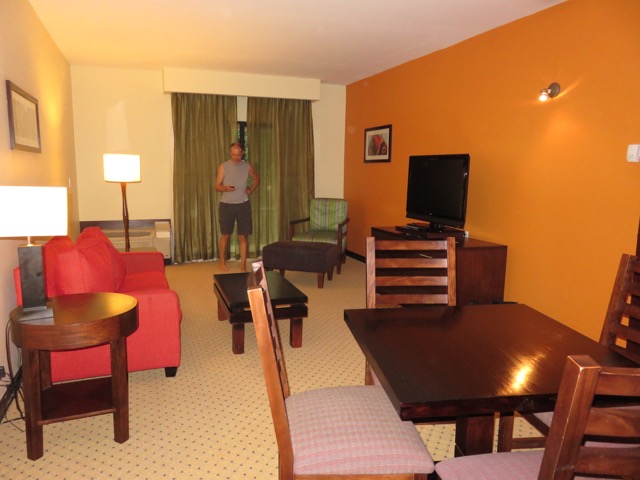
The hotel was conveniently located near La Gran Via mall, a very modern shopping complex that looked like it was transported from Southern California.
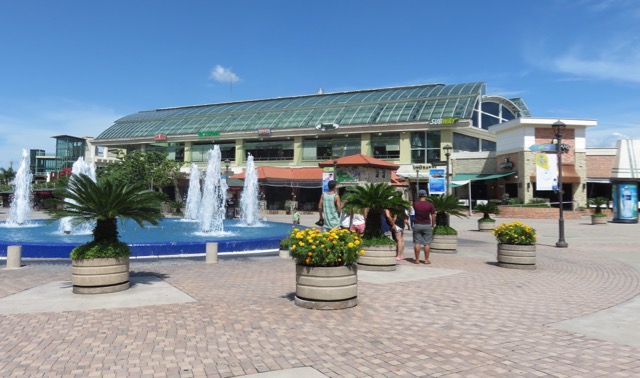
While I was snapping photos, an armed mall security guard came and told me that taking photos of the mall were prohibited. Not sure what that’s all about, but I wasn’t about to argue with the nice man carrying the gun.
As we walked around the mall, we noticed many armed guards. We also noticed that the shoppers in the mall were very well dressed. Designer labels, fancy purses, nice jewelry. People talked on iPhones and carried shopping bags labelled “Lacoste” or “Guess” or “The North Face”.
To our surprise, the mall had lots of American food chains, including Subway, Starbucks, Domino’s, Olive Garden, and Cold Stone Creamery.
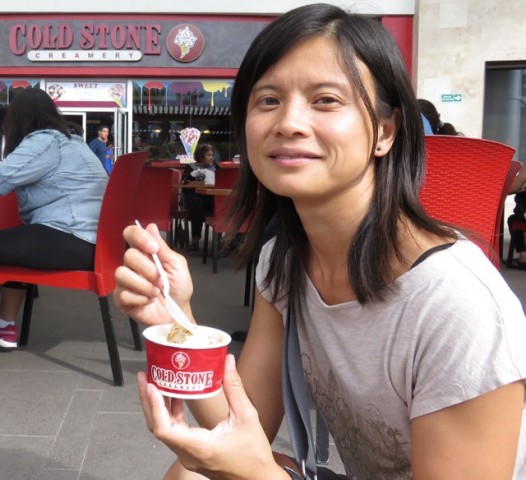
“Like it! Love it! Gotta have it!”
Another surprise: The mall charged the same prices that we would pay in Canada or the US for the same merchandise. Although El Salvador’s national currency is the US dollar, we assumed that prices would be cheaper.
The mall experience felt familiar but also surreal. We felt out of place because we were terribly underdressed compared to the locals. Even in the grocery store, people were dressed to the nines. We saw well-groomed men wearing linen pants and fine leather shoes. We saw Latin ladies with amazing hair, wearing three-inch heels and lots of bling, pushing shopping carts with professionally manicured nails.
Gregor quickly got over his self-conciousness once he saw the amazing selection of groceries in the store.
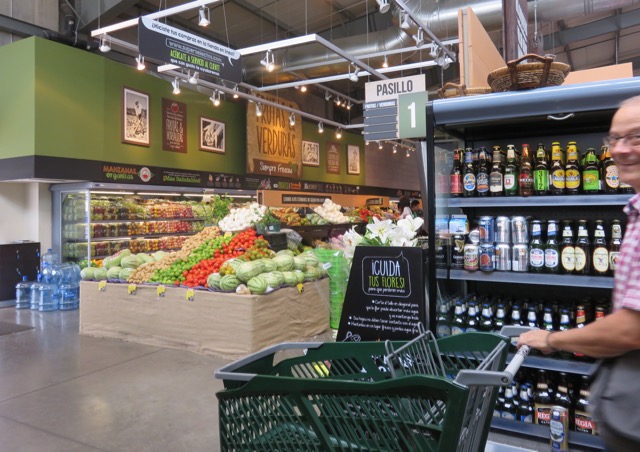
He was very happy to find his favourite driving snack: pretzels. We hadn’t seen these since Mexico!
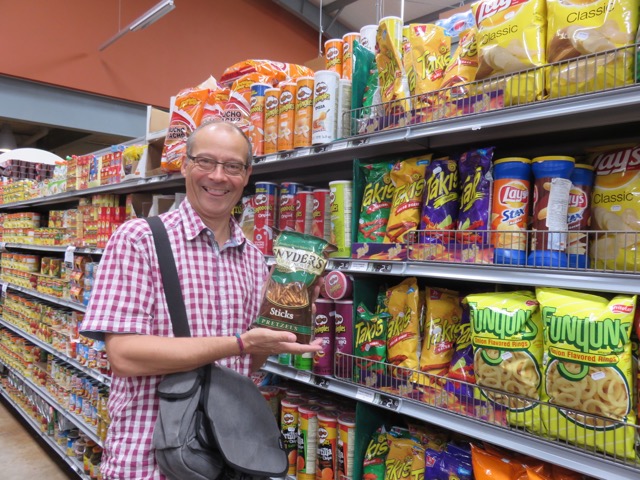
We later discovered that Santa Tecla has lots of international consulates, which would explain why we were surrounded by the fancy shopping complexes and the bling and the guns.
But where was all this money really coming from?
_______________
Coffee and Money and Guns: A Short History Lesson
Let’s start with coffee and money.
In the early 1900s, 95% of El Salvador’s income came from coffee exports, but the wealth was held by only 2% of Salvadorans. This elite group of coffee plantation families effectively controlled the government. The government passed laws that forced many indigenous people and peasants off their land so that the coffee plantations or fincas could be further expanded into money-making super-plantations.
This is where the guns come in.
In 1932, socialist Augustin Farabundo Martí led the peasants and indigenous people in an uprising against the coffee elite and its puppet government. The government responded by killing 30,000 indigenous people and supporters of the uprising.
Between the 1930s and 1970s, El Salvador was led by repressive governments interrupted by coups and voting fraud. During this time, many people suffered from poverty, unemployment, and corruption, but reform movements were unsuccessful.
In 1980, a reform activist named Archbishop Oscar Romero was assassinated while leading Mass in San Salvador, sparking a brutal US-backed civil war.
This is where American guns come in.
In the 1980s the Reagan administration gave the Salvadoran military tons of money to fight the “socialist threat” in the country’s civil war. When the war ended 12 years later (1992), an estimated 75,000 people were killed and 5,000 children were orphaned. Tens of thousands of Salvadoreans fled the country.
Now back to the money.
Since the civil war, Salvadorans have brought their country from a broken state to one of Central America’s strongest economies. There are millions of Salvadorans living abroad in countries including the United States, Canada, Mexico, Australia, and Sweden. They send home remittances of about $3 billion USD per year – 20% of the national GDP.
In addition, many expats have bought up land and are running successful businesses in El Salvador. Coffee exports are now a tiny fraction of the country’s economy in comparison to the Salvadoran remittances and expat influence.
Now back to the guns.
After the civil war, El Salvador started having problems with high-crime maras or gangs, mainly because the United States deported thousands of Salvadorans living in America illegally en masse between 2000-2004. Fear of gang violence, along with a post-war general mistrust of others, has created a nation obsessed with guns and security. El Salvador employs over 18,000 security guards and is estimated to have 500,000 firearms (60% are illegal).
_______________
Everywhere we turned we saw uniformed security guards toting pistols or M16s. In hotels and banks, tiny shops and mega-malls, business plazas and residential complexes, national parks and local tourist sites.
Despite the hype around the gangs and guns, we never felt unsafe in El Salvador (even when we heard gunshots in the middle of the night!) – partly because of our perpetual “security detail”, but mostly because we encountered genuinely friendly, charismatic, and level-headed Salvadorans amongst all those guns.
And back to the coffee…
_______________
The Coffee Tour
Gregor and I looooove coffee. The day just doesn’t seem right without our morning cup of joe. Back in Calgary, our morning ritual was to sit by our living room window and savour our Nespresso coffees with no other distractions – no surfing on devices, no reading the news, just drinking coffee. For us, coffee is associated with fresh starts and peaceful reflection.
When we planned our “things to do” in Central America, one of the things on my list was to tour a coffee plantation and learn more about how coffee is processed.
Now I am going to be up front and say that I’m a terrible eco-tourist. I could have picked a coffee tour that helped to support small farming communities, say in Guatemala or Nicaragua. Or I could have volunteered at a coffee plantation, working the land with the locals and being at one with mother Earth.
But here’s the thing: I was afraid that maybe I’d have to give up coffee if I REALLY knew what went on behind the scenes. You know, like how some people give up eating meat after they see how chickens are processed in those industrial food documentaries.
So I chose to take a rather sanitized, English-speaking coffee tour at the well-established plantation of El Carmen Estates.
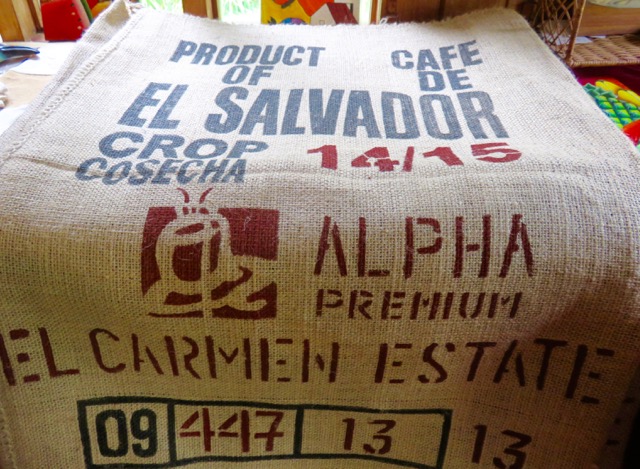
El Carmen Estates is located 1300 metres above sea level, next to the town Concepción de Ataco in the department of Ahuachapán. Operating since 1930, the El Carmen mill processes coffee beans from its own plantation and from other fincas in the western highlands of El Salvador.
For $5 USD per person, we took the 1.5-hr tour of the coffee mill with our guide, Hector.
Once dried, the coffee sits in the warehouse for 30-60 days. The longer the beans sit, the richer the taste.
The dried coffee actually has a sticky brown coating – the more thick and sticky, the better tasting the coffee.
The beans are put on a conveyor belt that moves every 2 minutes. During that time, these ladies must remove any remaining impurities or undesirable beans from the belt.
The coffee was a bit acidic for us, but apparently that’s the nature of the coffee from the Ahuacapan region.
_____________________
Coffee Festival at Concepción de Ataco
The security guard at El Carmen Estates told us that the nearby town of Concepción de Ataco was hosting their annual coffee festival that weekend.
COFFEE FESTIVAL??! Gregor and I thought we hit the jackpot. Of course we had to check it out.
The festival was full of vendors giving away free samples of coffee and coffee-infused snacks.
FREE coffee samples??! AND coffee-infused snacks? Gregor and I REALLY hit the jackpot.
Besides the coffee, the town of Ataco had a colourful market and some live entertainment.
Ataco has some pretty cool murals, too.
_____________________
Juayua Food Fair
After visiting the Ataco Coffee Festival, we drove to the nearby town of Juayua (pronounced why-OOH-ah) to experience their weekend fería gastronomica or food fair.
Every Saturday and Sunday, people from all over El Salvador come to Juayua to sample regional food and enjoy music at the fair. The streets turn into a lively market that sells just about anything.
The highlight in Juayua, of course, is the food.
These friendly San Salvadorans joined our table. When the plaza DJ came around taking song requests, the lady on the left screamed out “El Taxi” by Pitbull. We both love that song!
The BBQ meat at the food fair was somewhat mediocre, but the pupusas made by this lady were the best we ever had:
Pupusas are thick corn tortillas stuffed with goodies such as chicken, cheese, veggies, beans, or a mixture of the above. They are a popular street food in El Salvador and they make great road snacks.
_____________________
Ruta de las Flores
The towns of Concepción de Ataco and Juayua are located on the Ruta de las Flores (Route of the Flowers), a 36-km long drive through cute colonial towns and outdoor attractions in western El Salvador.
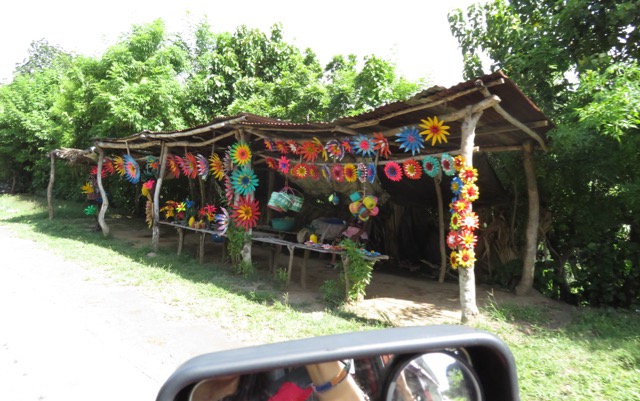
We didn’t actually see many real flowers on the Ruta de las Flores, but we did see a lot of peculiar-shaped trees that arched over the highway.
As we drove the route, we saw the marks of typical Central American road culture, including chicken buses, fruit vendors, and questionable vehicle safety practices.
_____________________
Cerro Verde Volcano Hike
One of the highlights of our El Salvador tour was the 2-hour hike to the lake at the peak of Cerro Verde volcano.
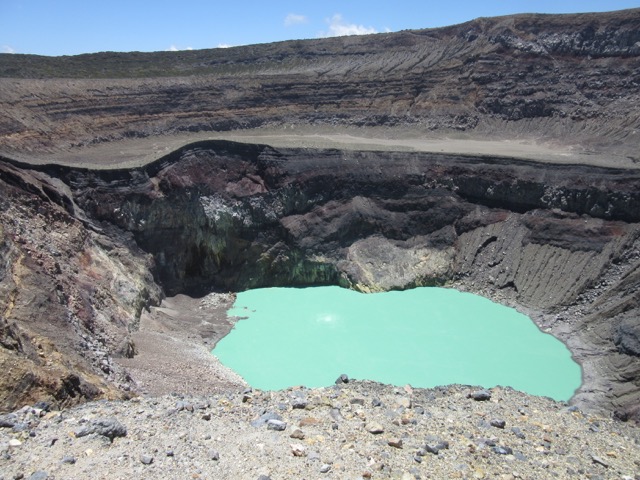
While the bubbling turquoise lake at the volcano’s summit was rather spectacular, it actually wasn’t the most memorable part of the hike. The part we remember most is that we hiked with about 100 other Salvadorans.
We didn’t know that many Salvadorans, unlike other Central Americans we’ve encountered, actually like spending their leisure time doing outdoor activities such as running, biking, and hiking. So when we showed up at the trailhead one sunny Sunday morning, we weren’t expecting a horde of hikers.
We also didn’t know that you can’t hike the volcano without guides and a police escort (for safety reasons). This means that all hikers must get on the trail with the guides and police officers at a pre-scheduled time: 11:00 am. To our surprise, everyone gathered before the departure time and we all started hiking at 11:00 am on the button.
This guy was at the summit selling popsicles. He’s ringing a bell to indicate that he’s open for business.
It was kind of fun sharing the summit with tons of Salvadorans. We often find that tourist attractions in Central America are rarely enjoyed by the locals because they don’t have the kind of time and money that foreigners do. It was nice to see that many Salvadorans have the means to be tourists in their own country.
_____________________
Salvadoran Beaches
Gregor and I camped at two beaches in El Salvador: Playa El Tunco and Playa El Esterón. Each beach had a different feel.
Playa El Tunco
Catering to both local and international tourists, Playa El Tunco was great for watching surfers, gazing at sunsets, and listening to big crashing waves.
Playa El Esterón
Playa El Esterón is a quiet beach near the village of El Cuco. With very low tides, tiny waves and few tourists, it provided a peaceful setting for Gregor to work.
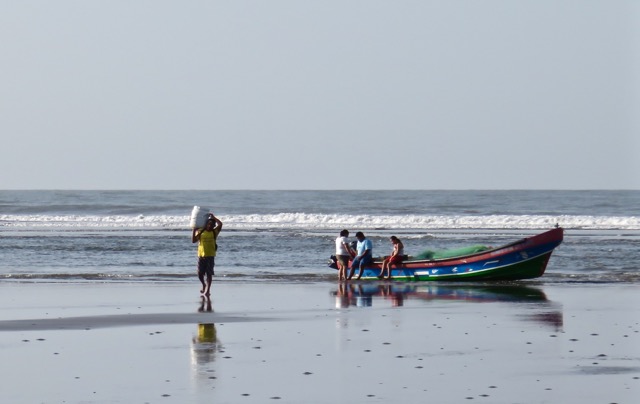
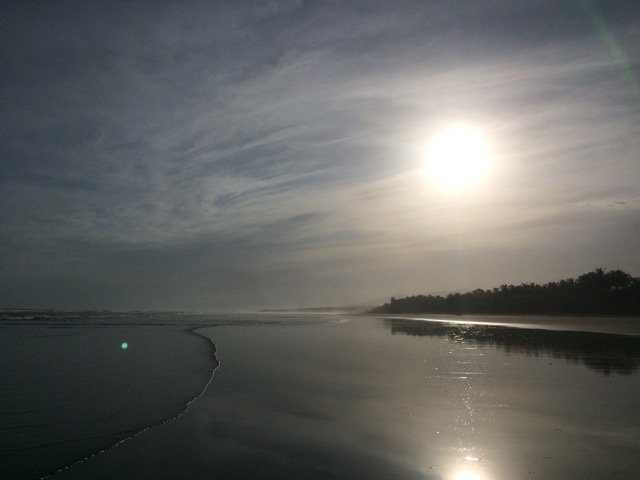
A few days before leaving El Salvador, we had one last surprise: an ant infestation. Hundreds of ants were feasting on dirty water that had leaked out of our 12-volt fridge and pooled inside its insulating cover. We spent hours cleaning up the van in 30-degree beach heat. Such is van life!
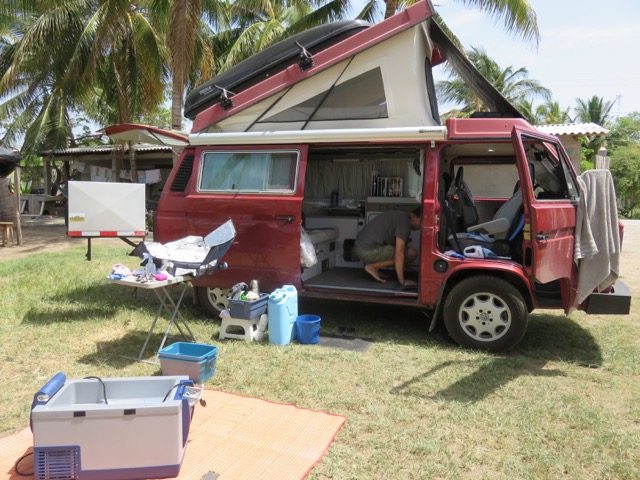
______________________
So what did we think of El Salvador?
We liked it.
We liked the people, the landscape, and the tourist attractions. We liked the amenities and choices offered by the country’s stronger economy. And we liked seeing Salvadorans enjoying their country as much as we did.
We want to thank Gregor’s Salvadoran co-worker, Karina, for pointing us to some of her home country’s natural attractions with this link: Eco Experiencias El Salvador. This information helped us to make the most of our time in El Salvador.

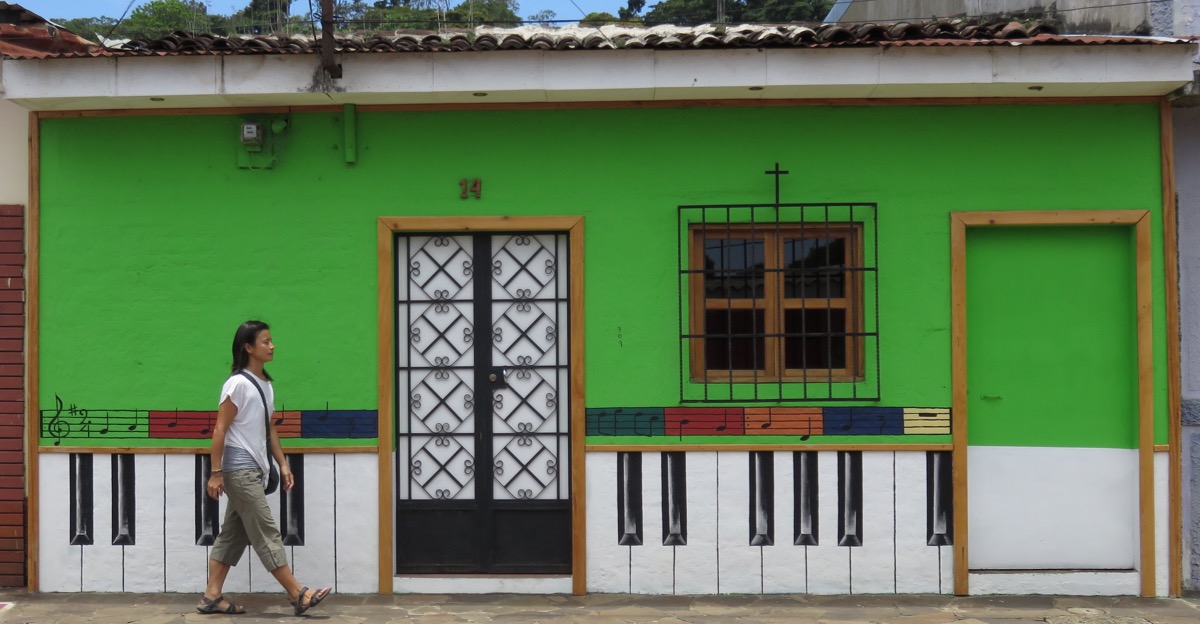

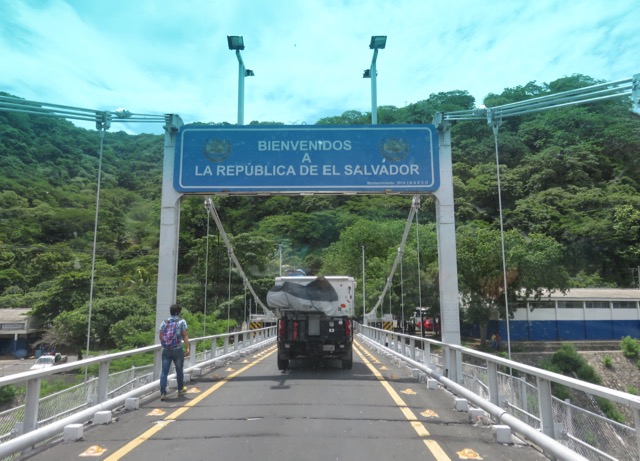
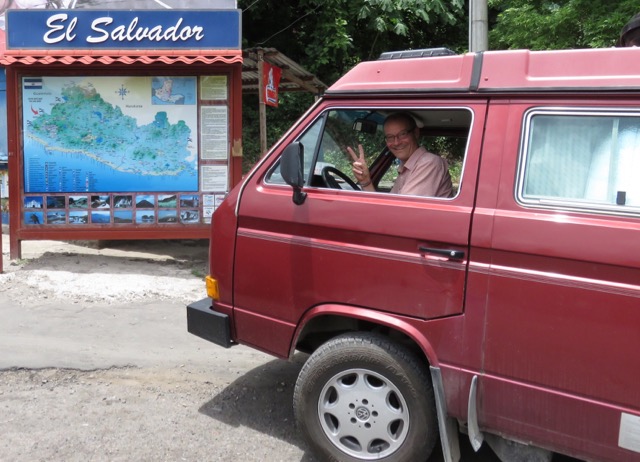


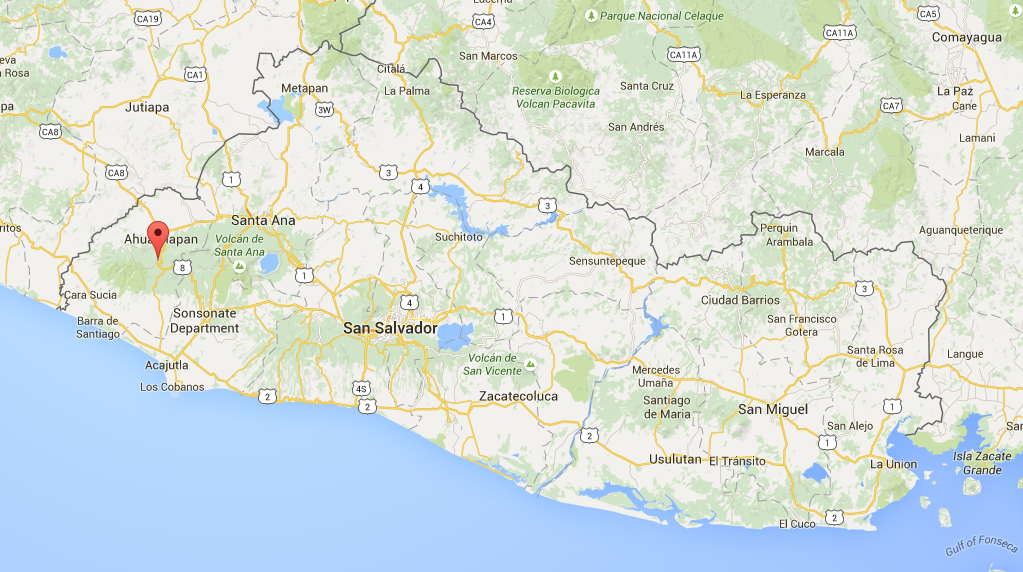

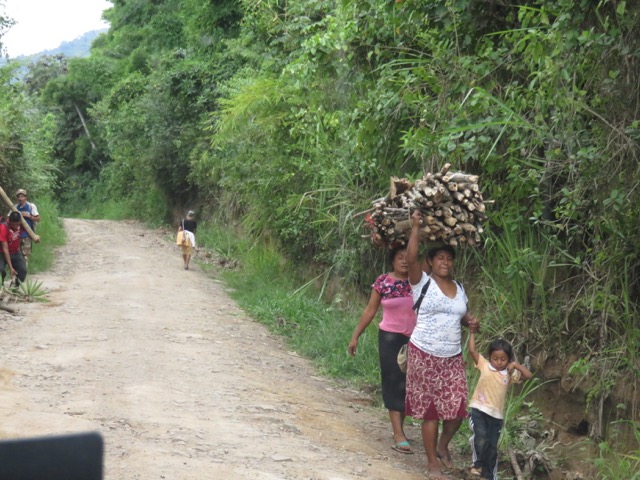
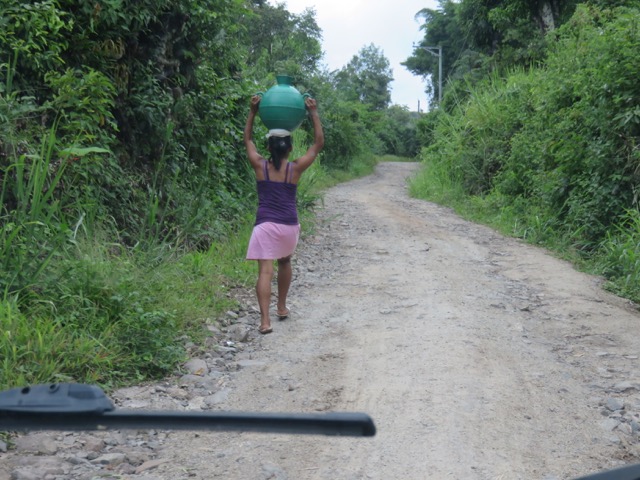
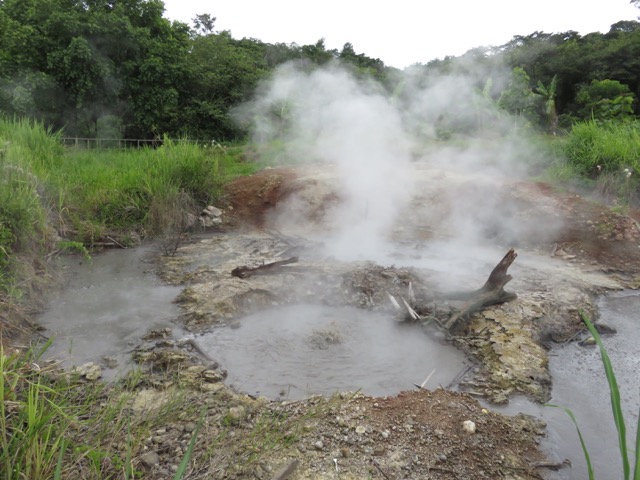
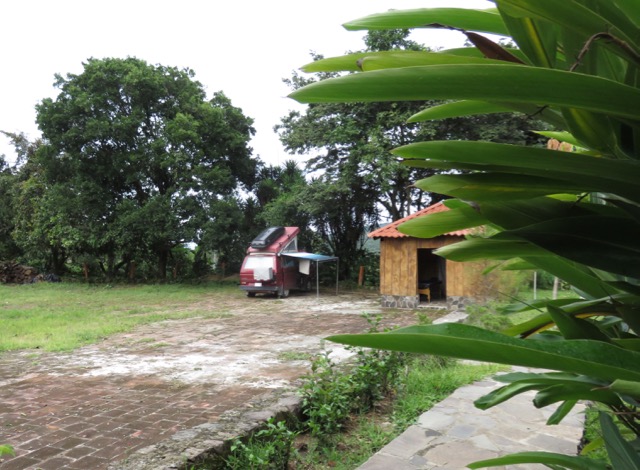
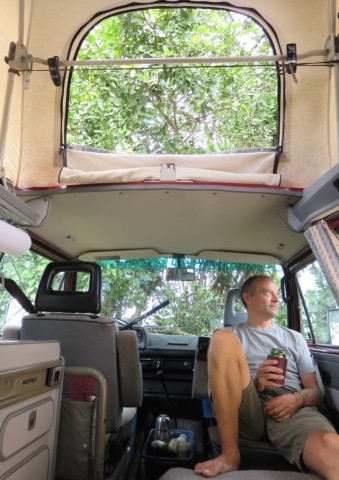
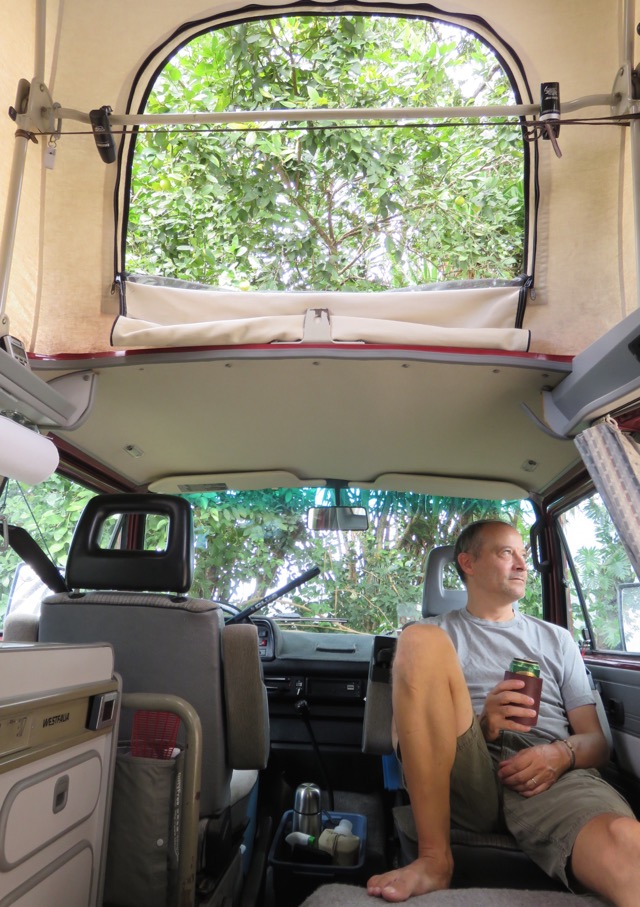
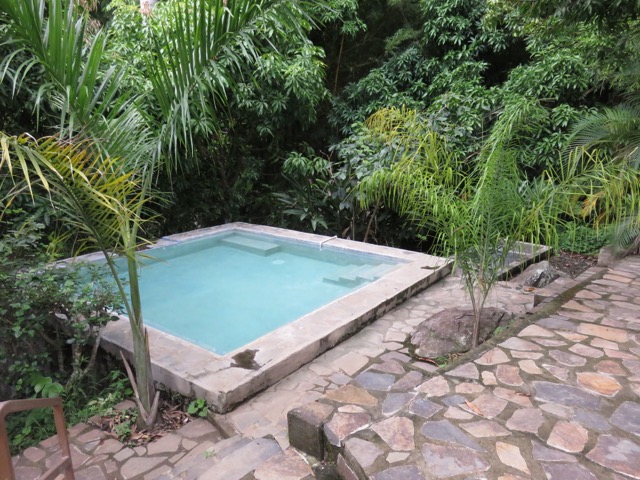
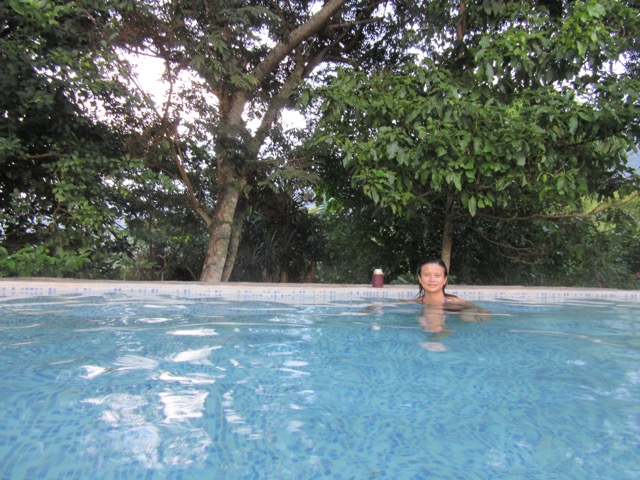

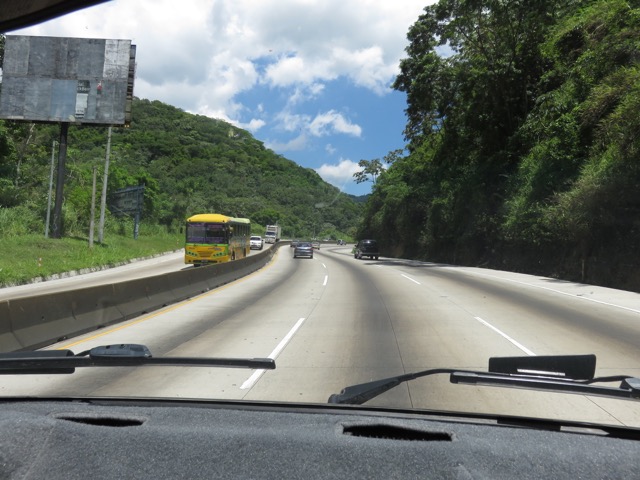

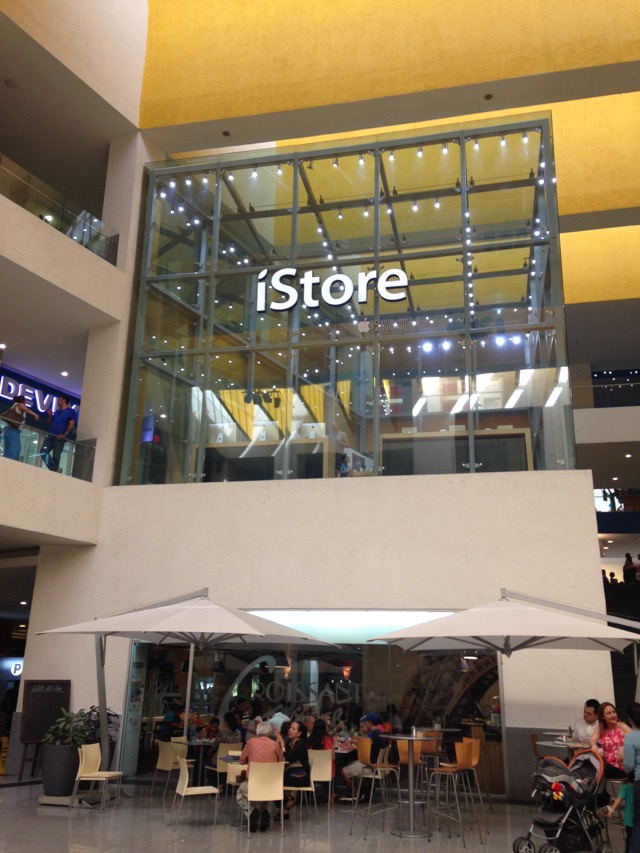
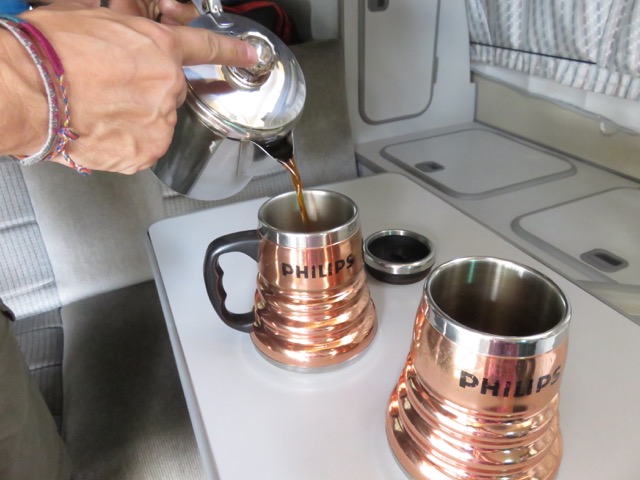
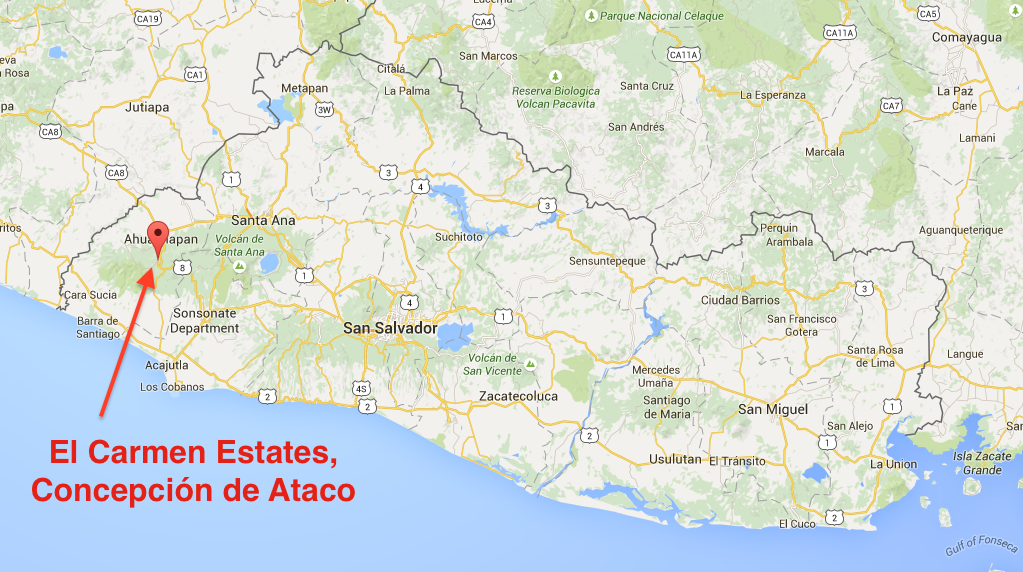
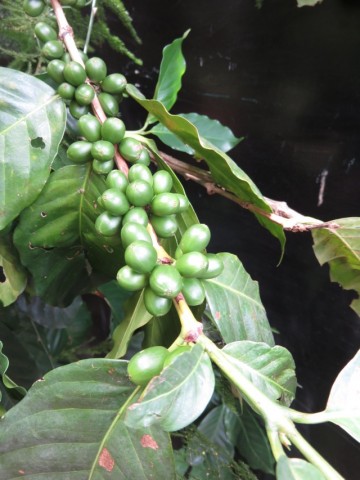

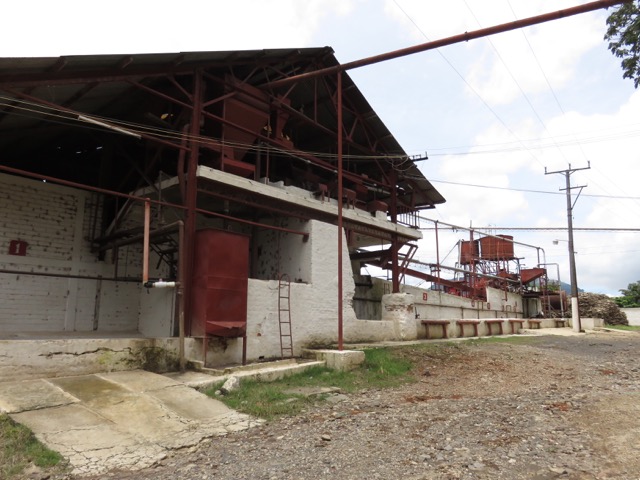
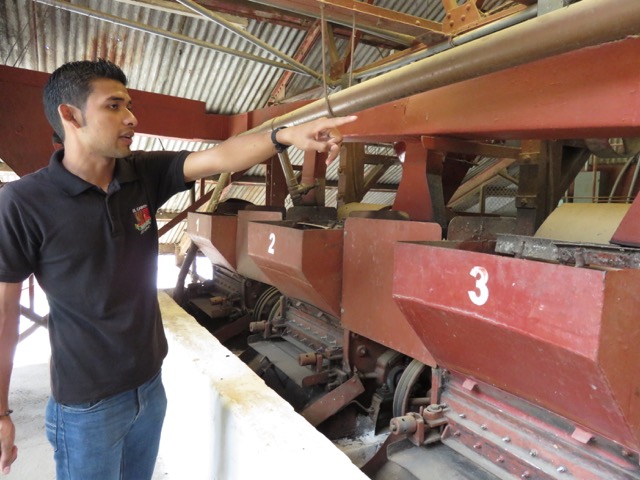
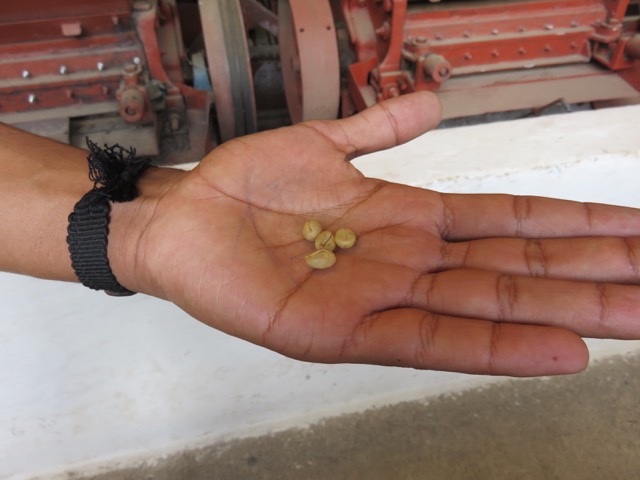

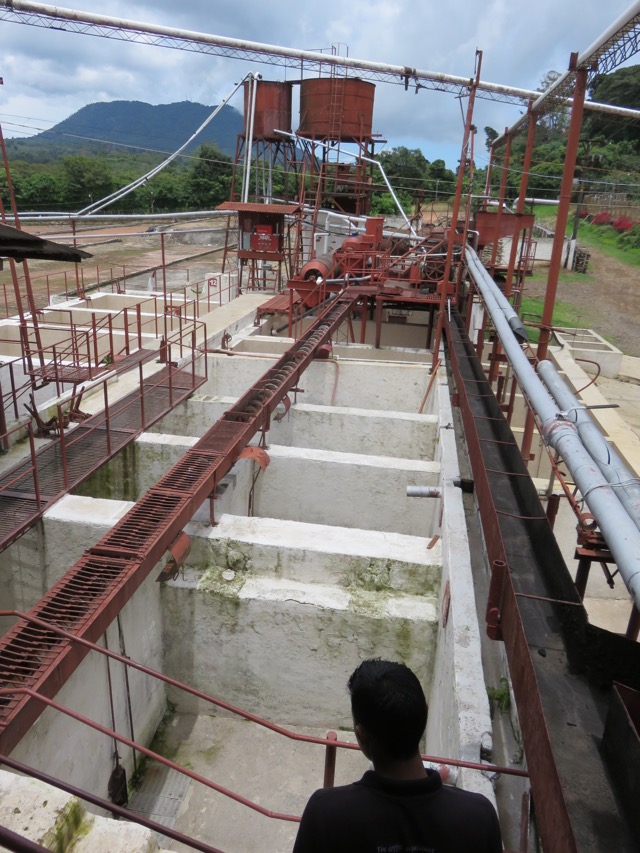

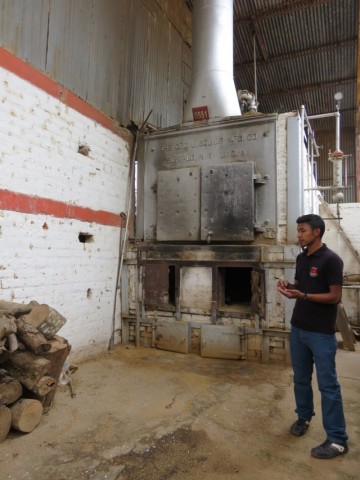

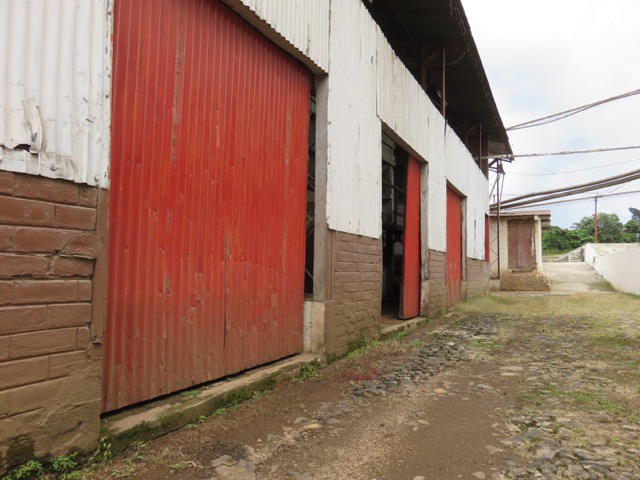
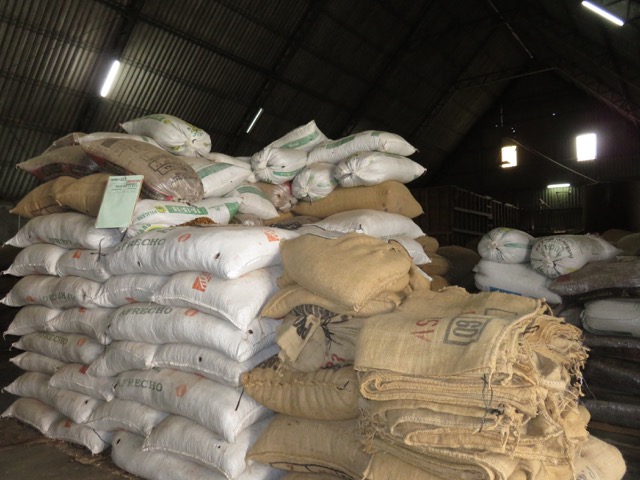
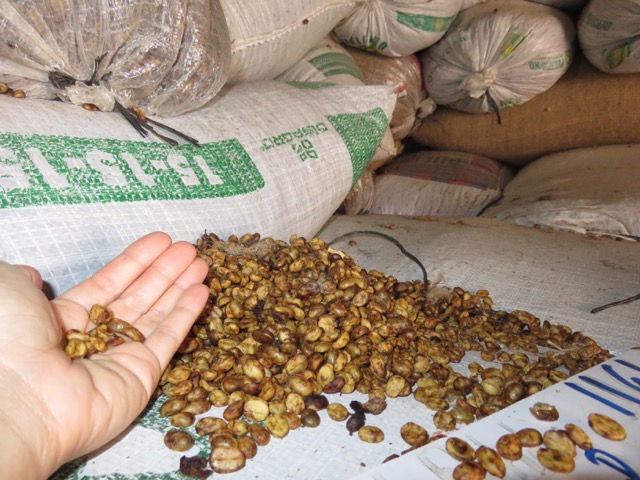

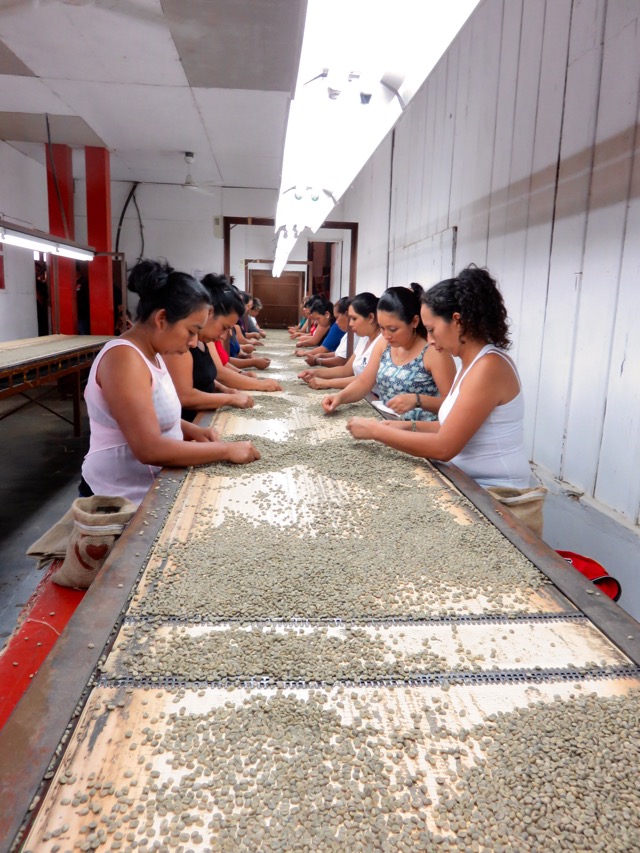
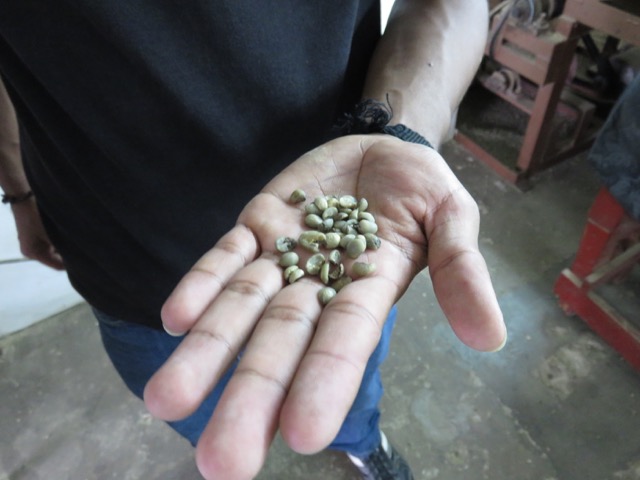
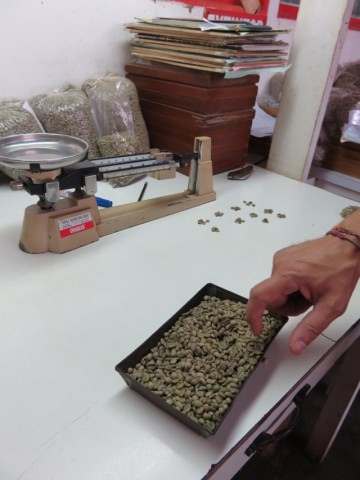
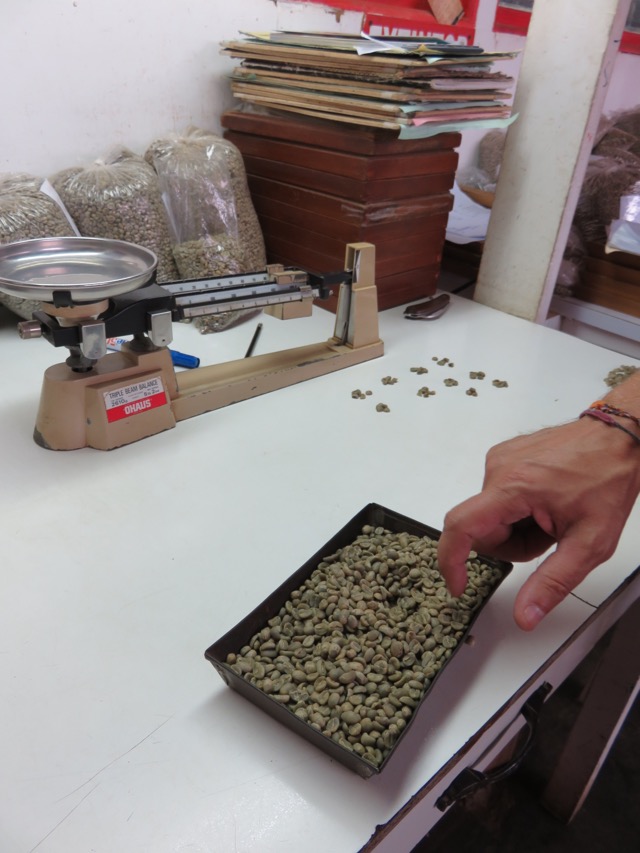

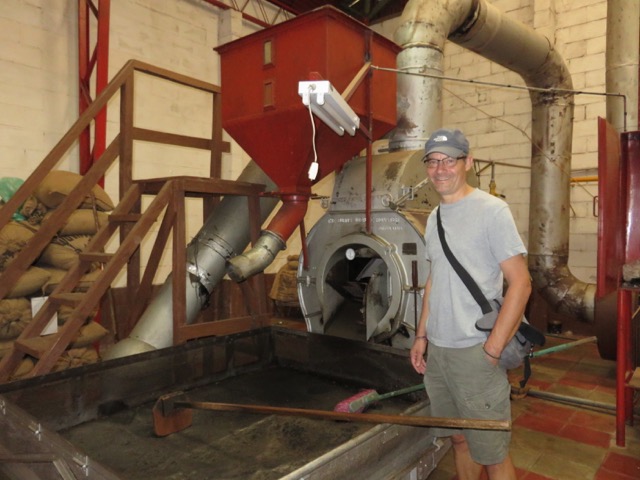
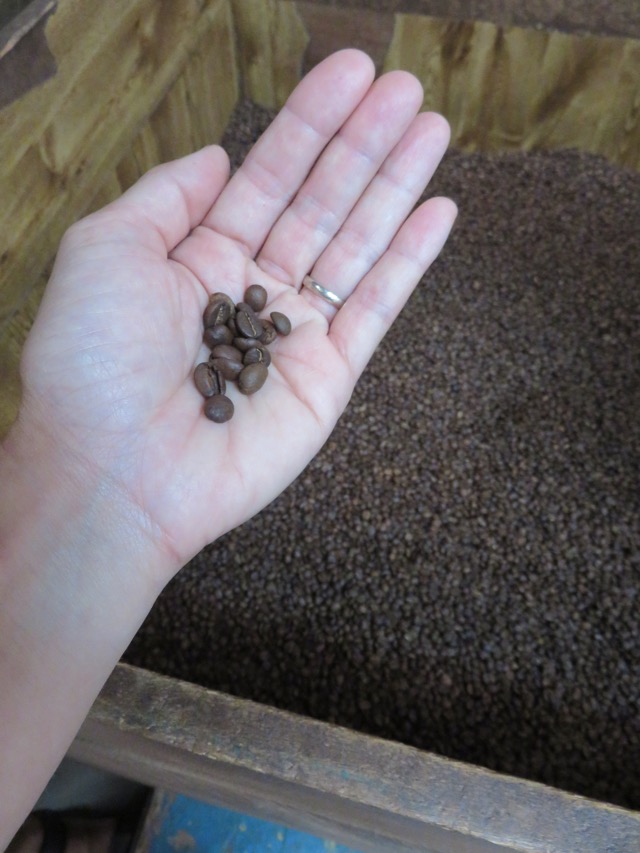

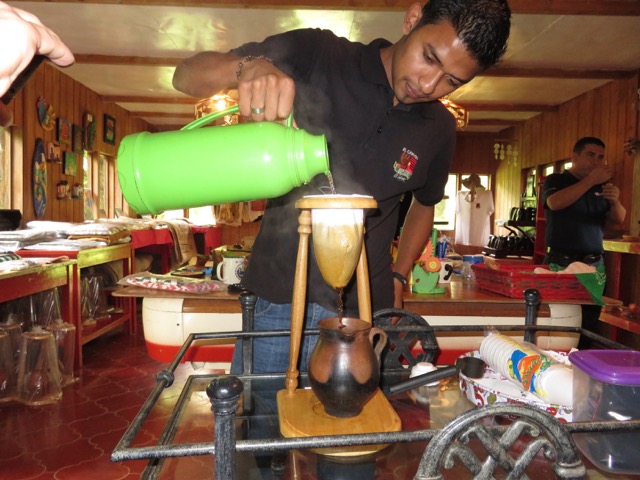
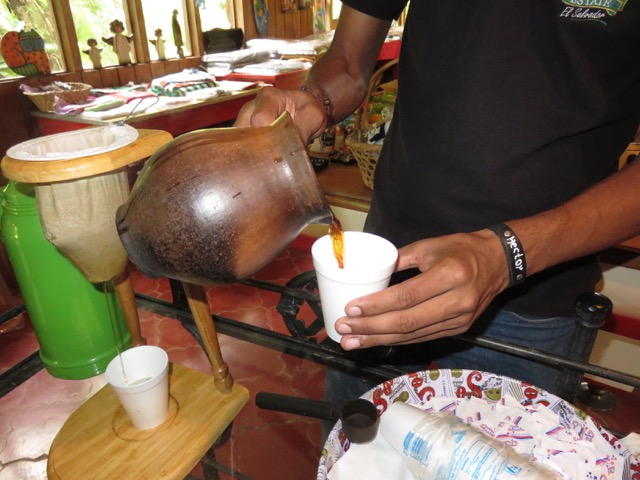
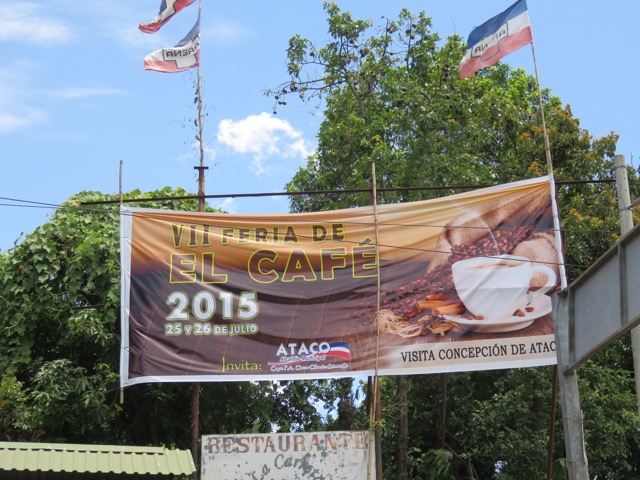
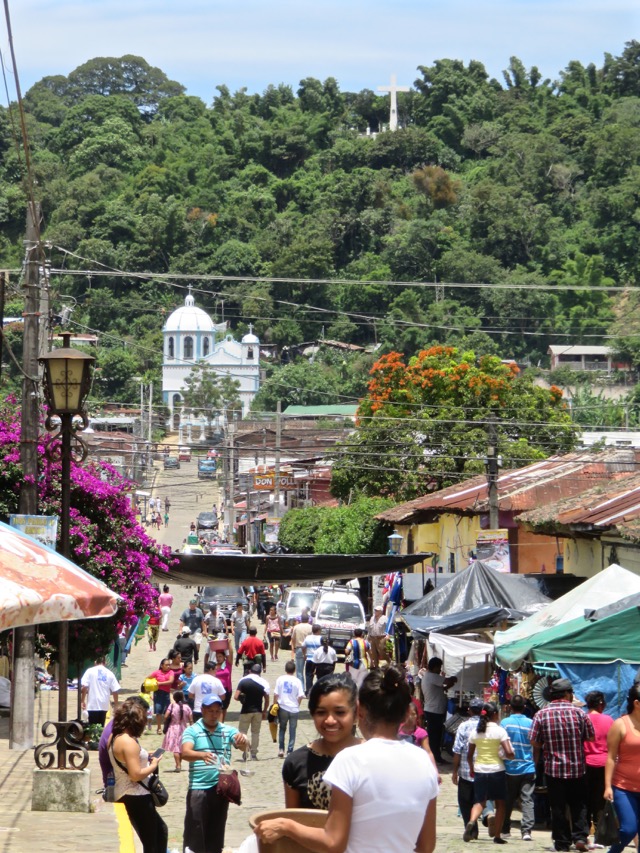
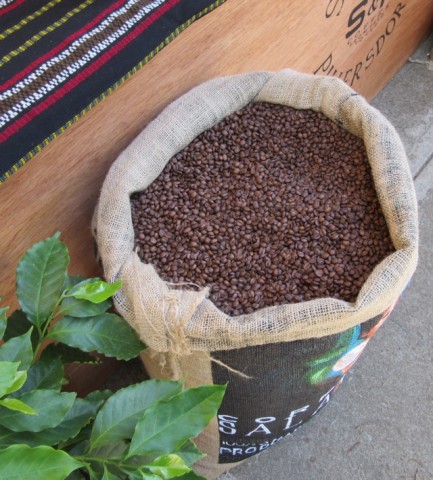
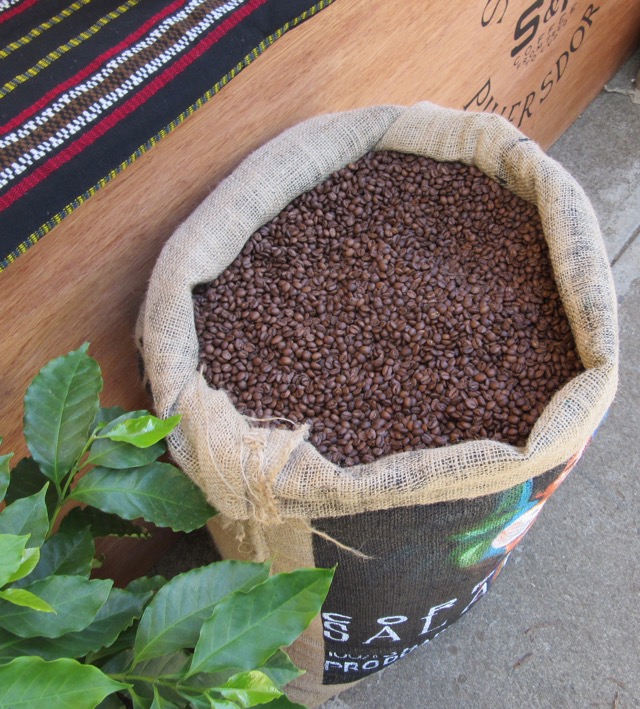
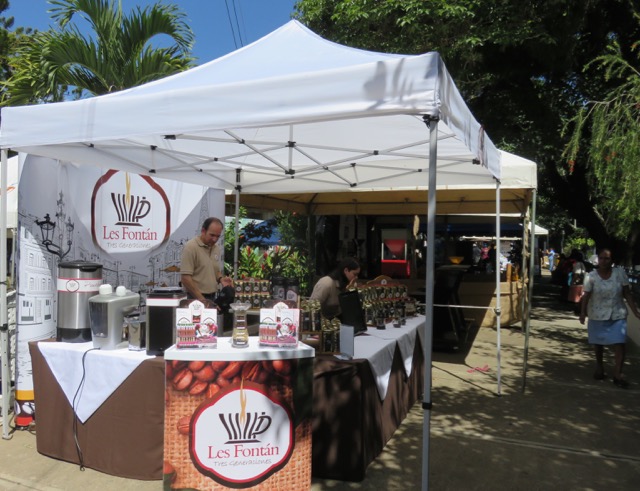
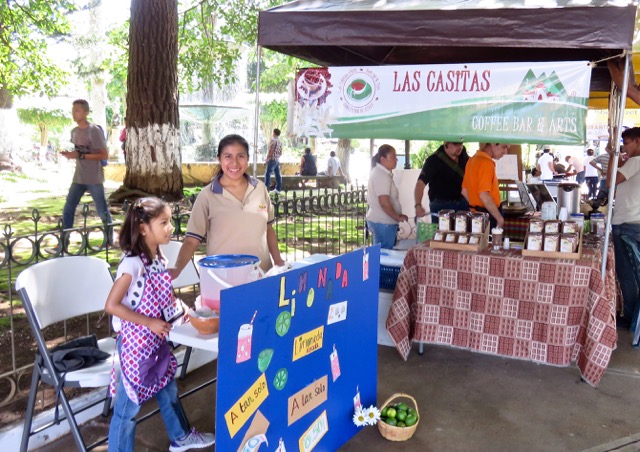


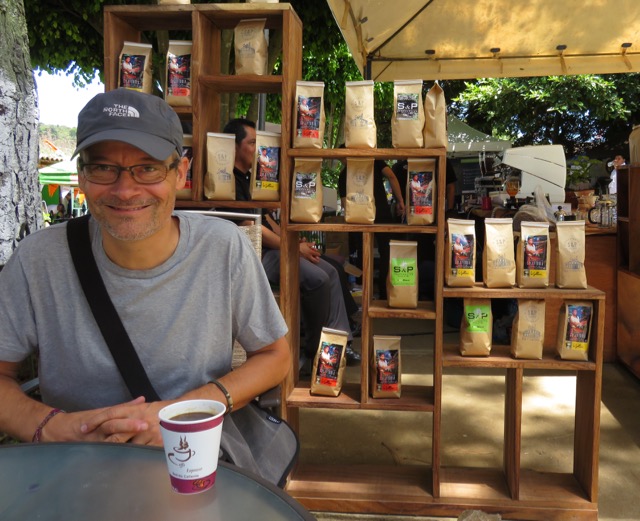
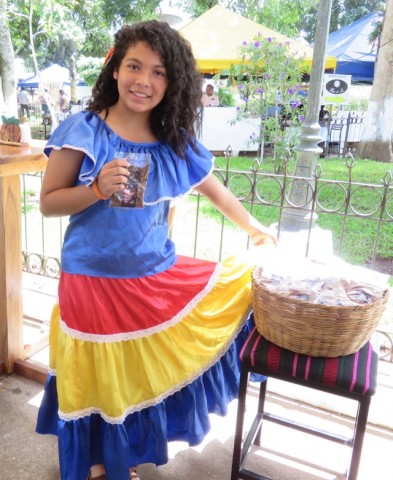
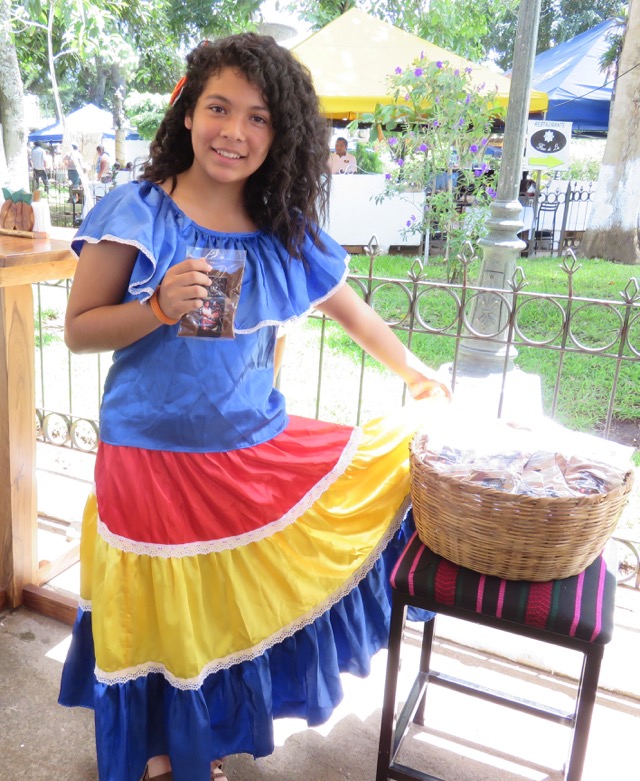
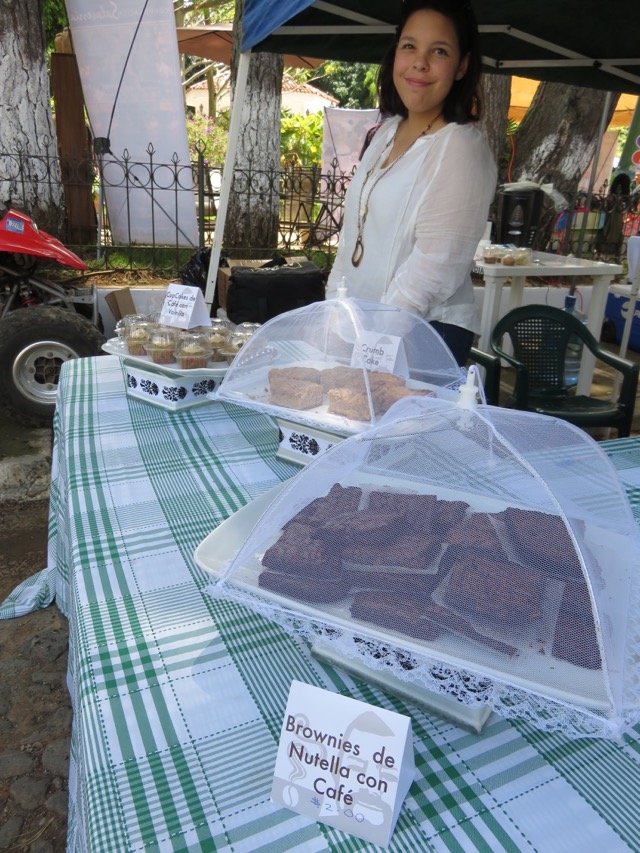
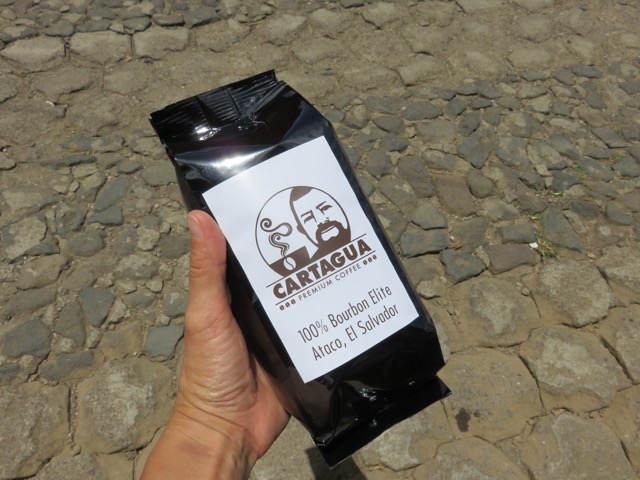
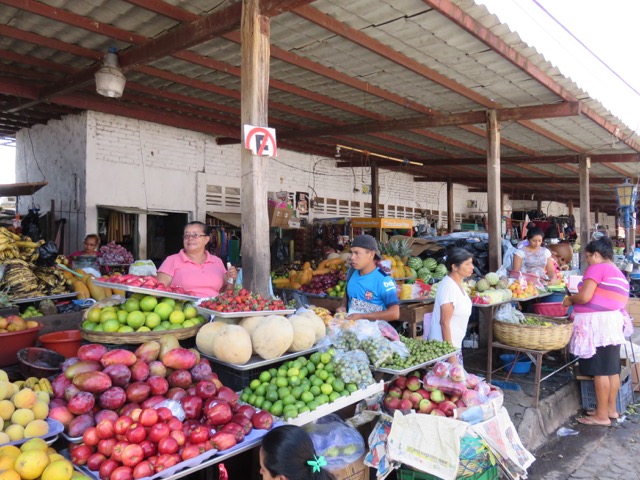
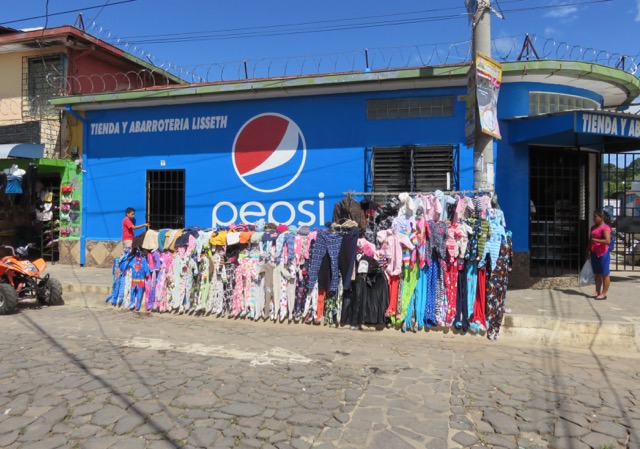

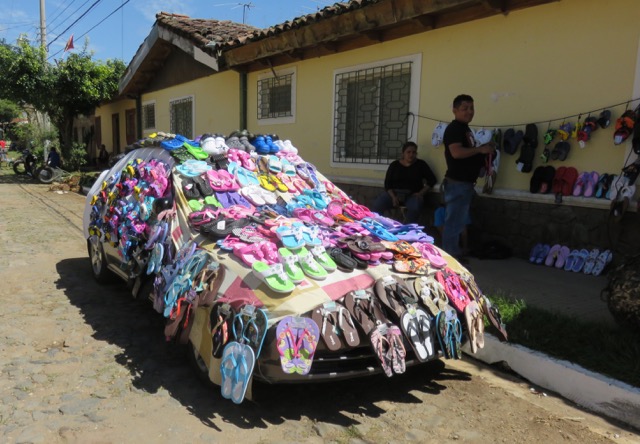
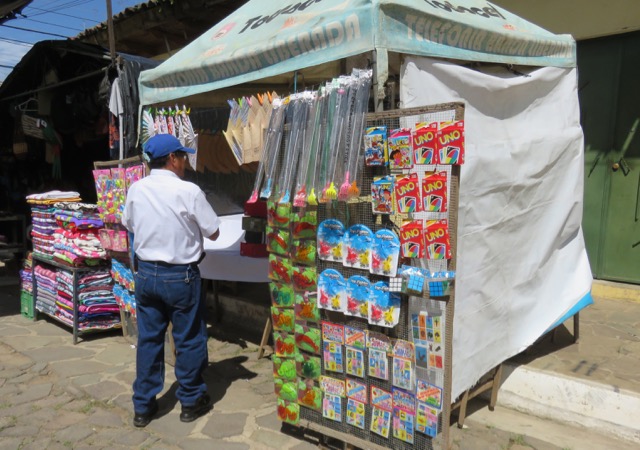


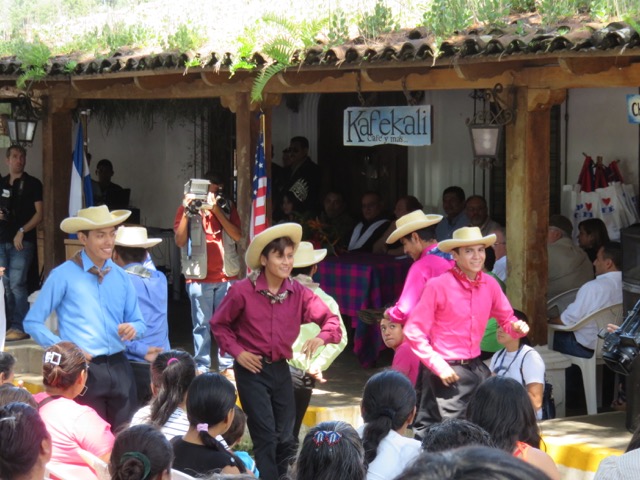

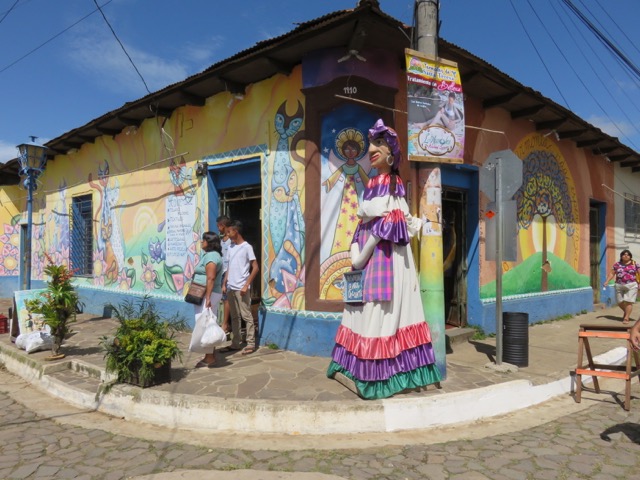
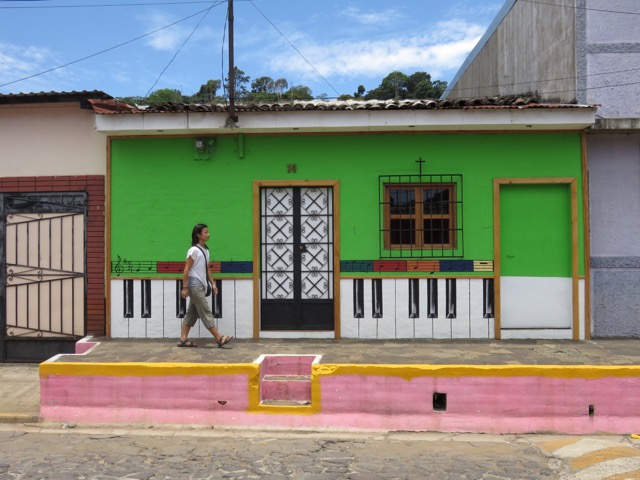

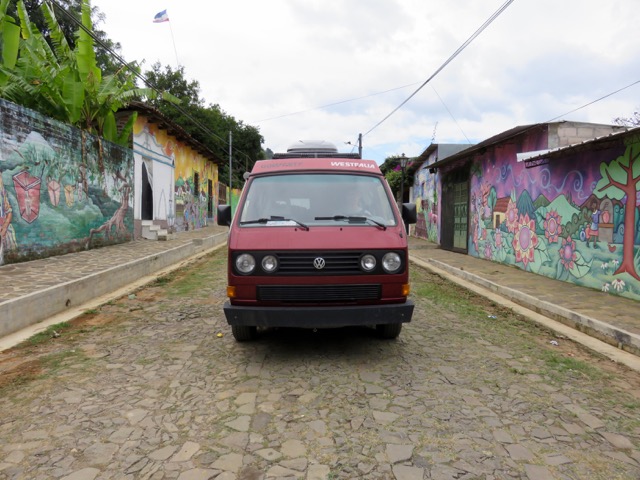
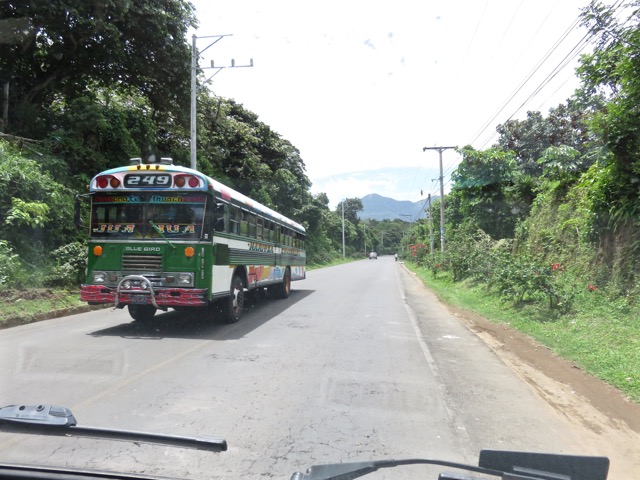

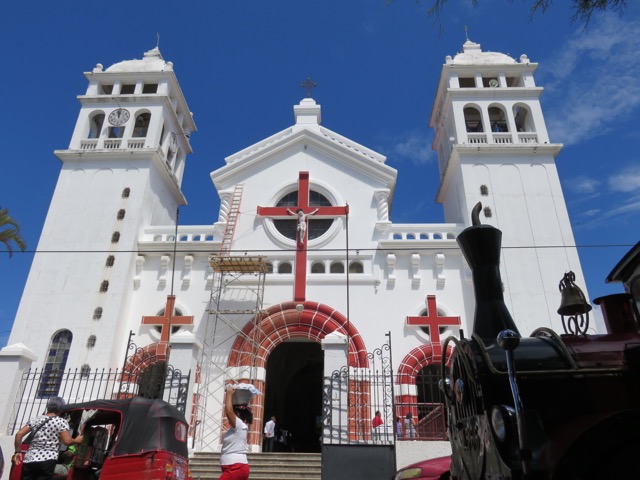

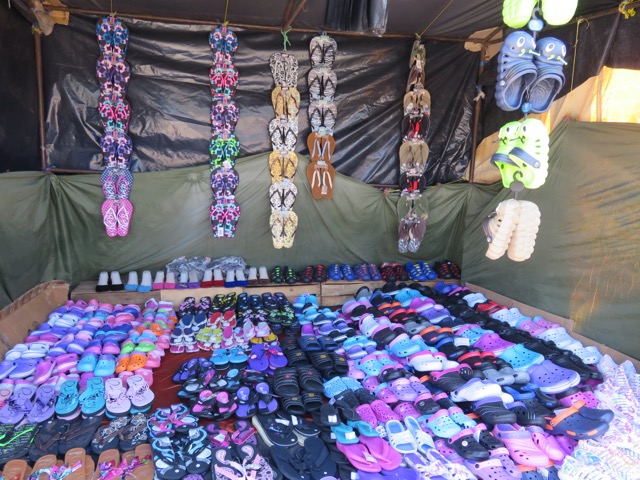
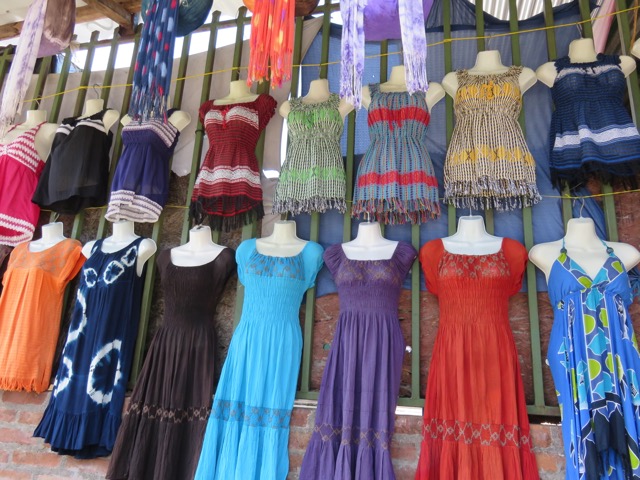
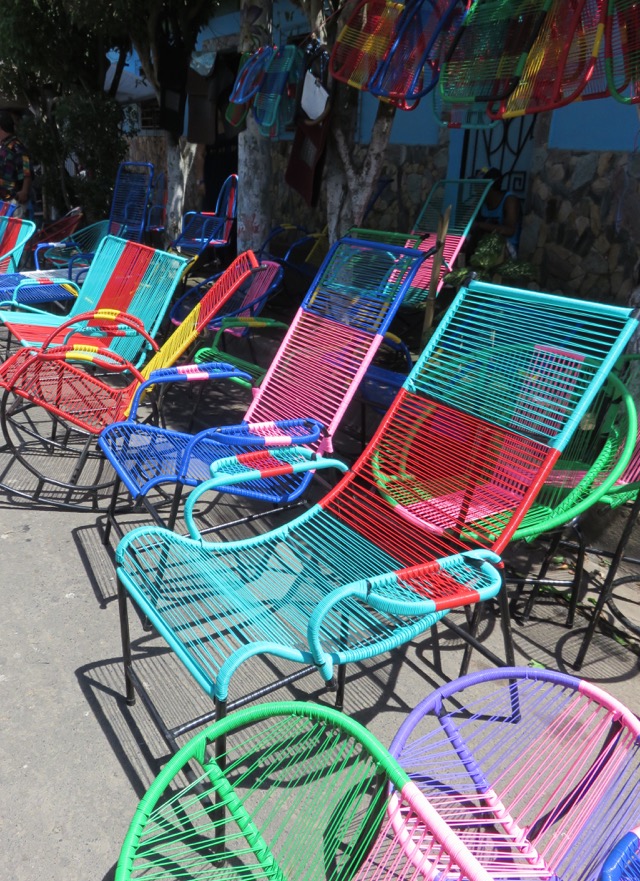
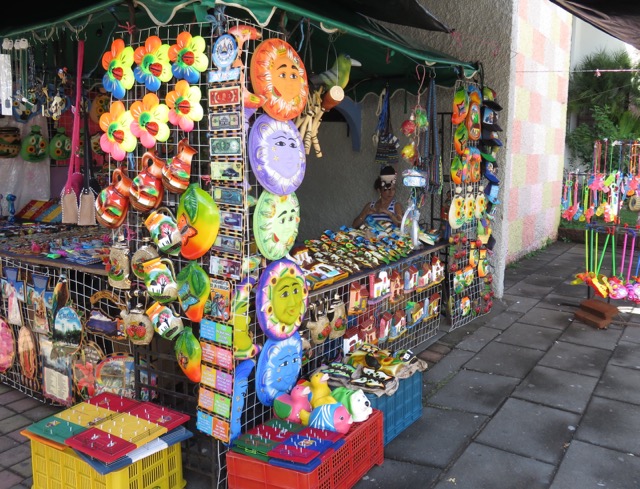
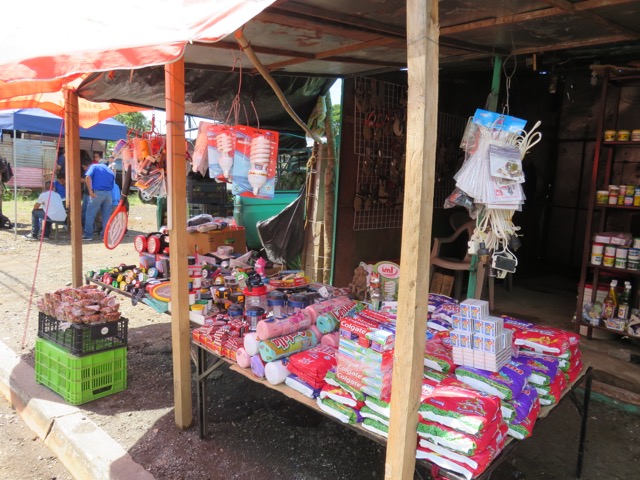
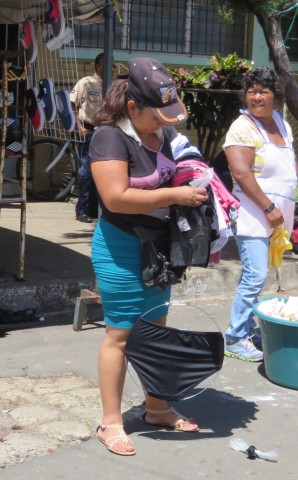
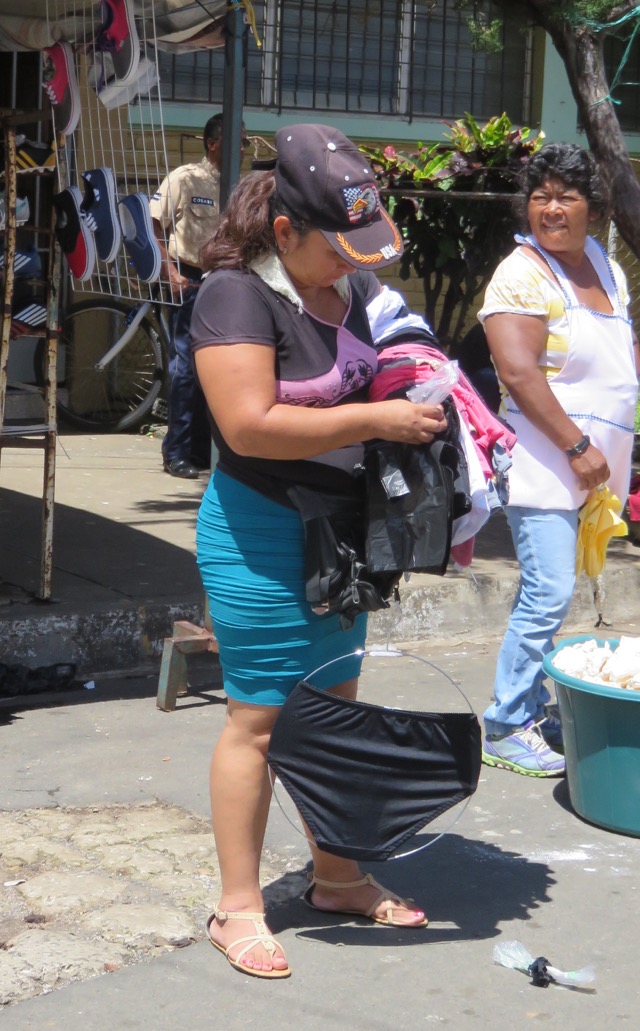
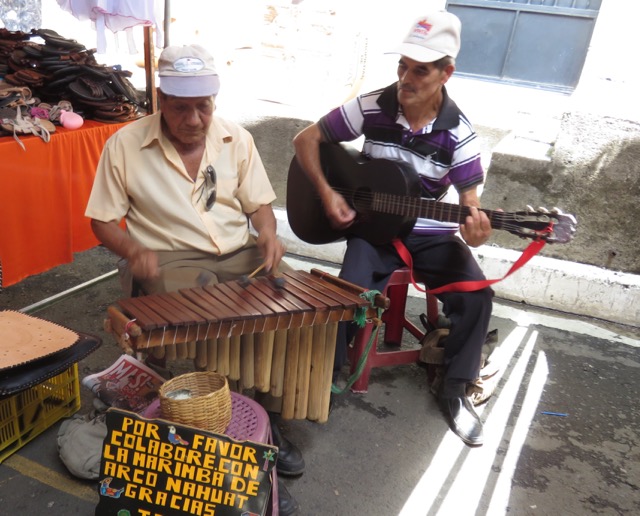

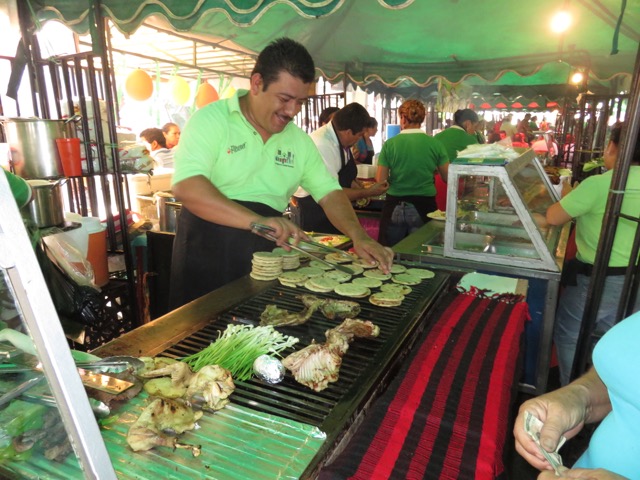
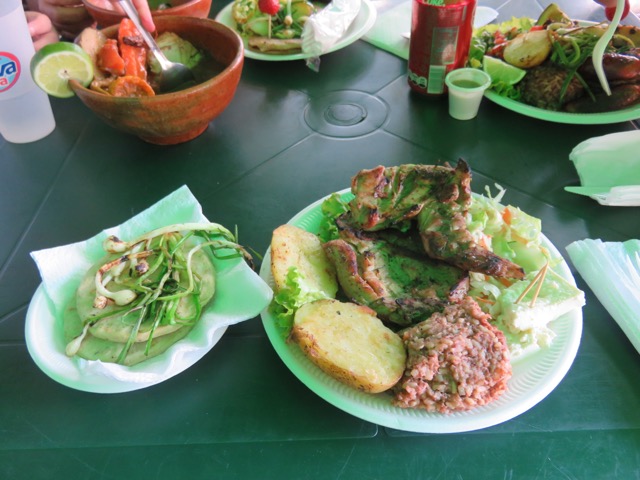

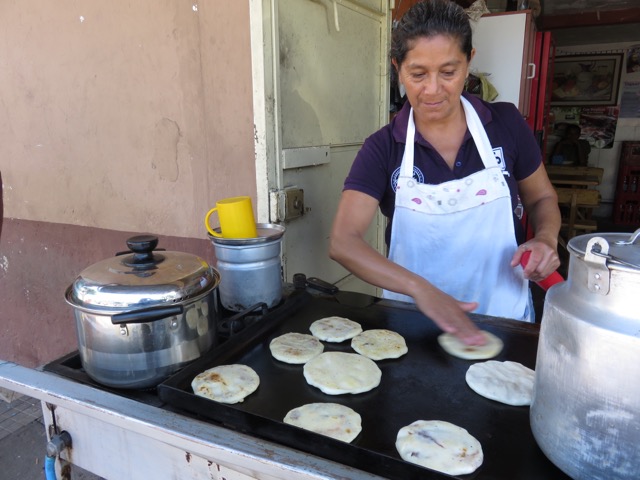
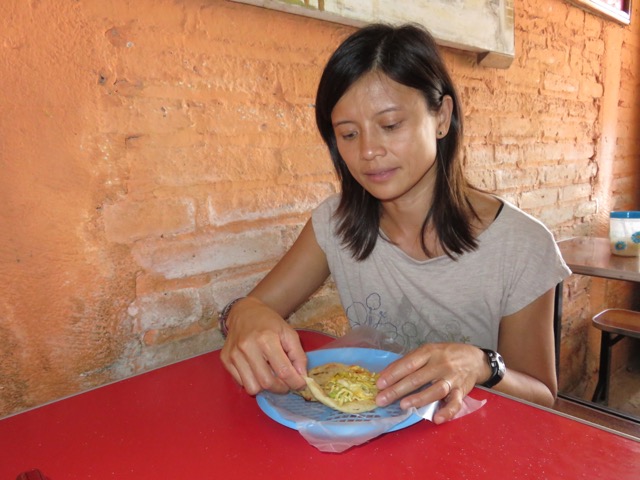

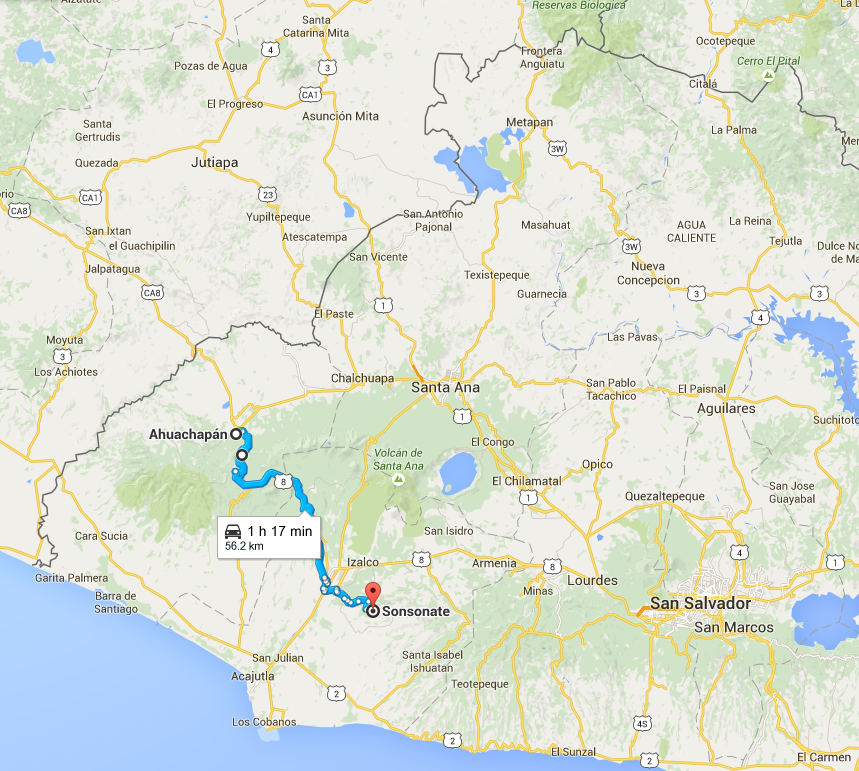

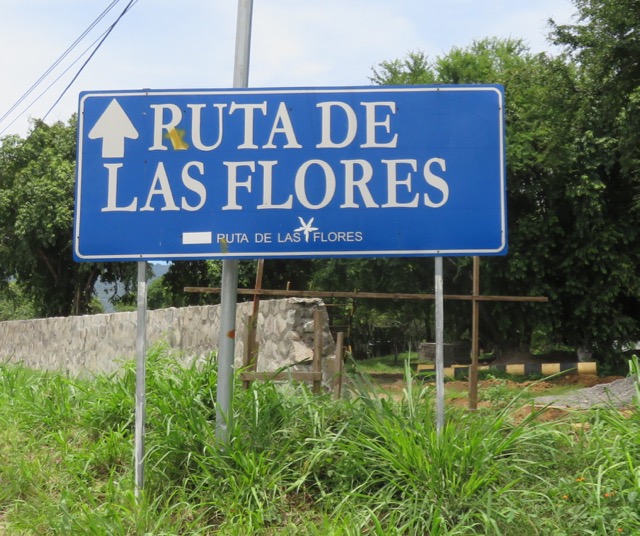
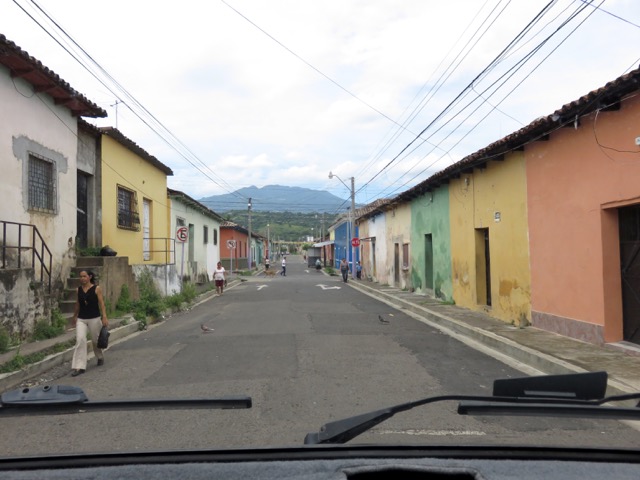
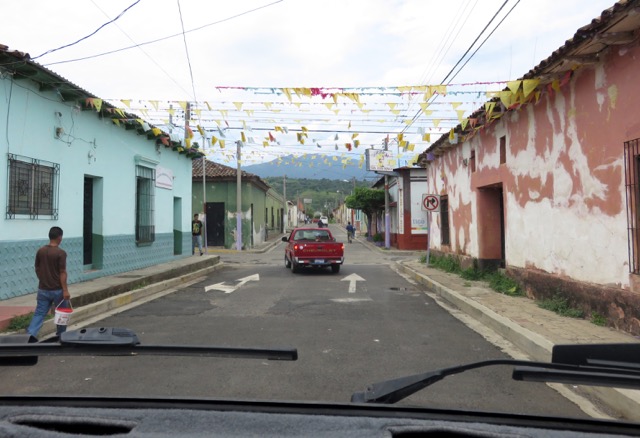

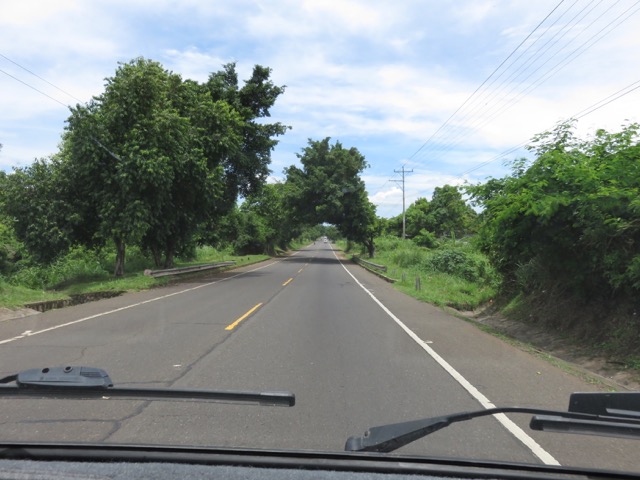
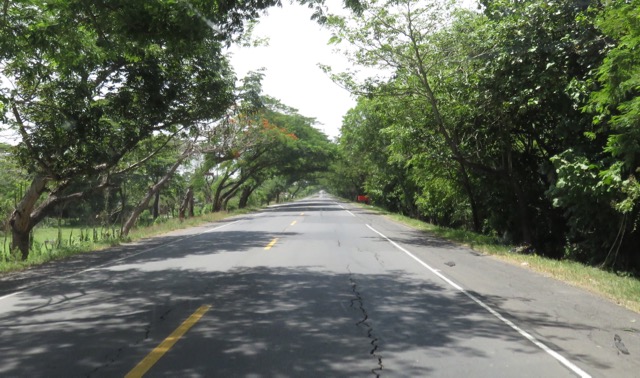
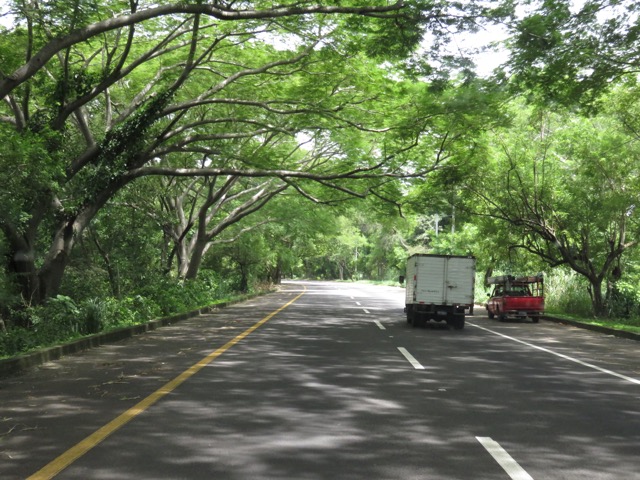
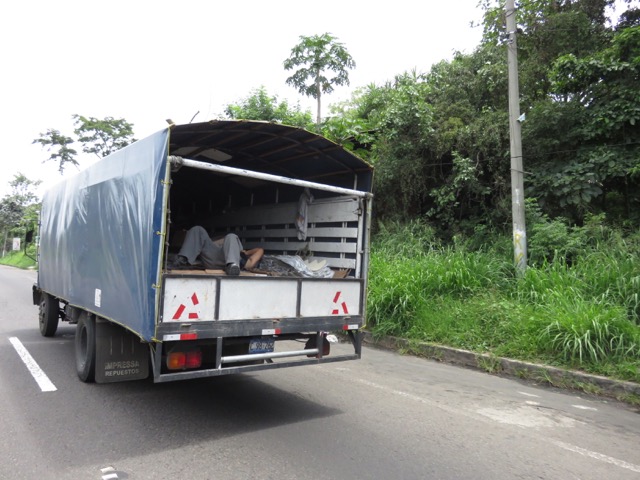
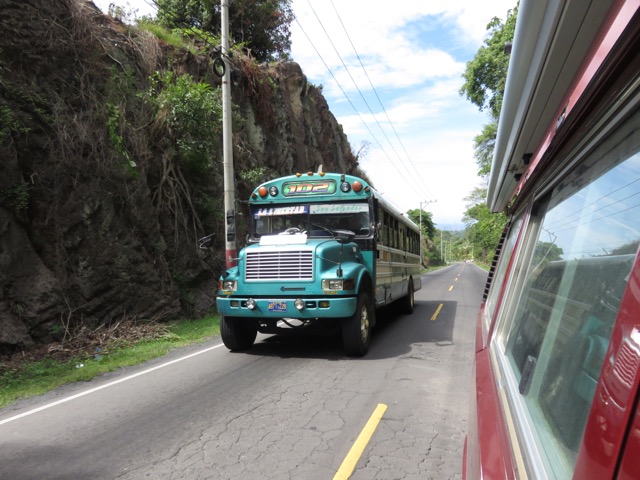
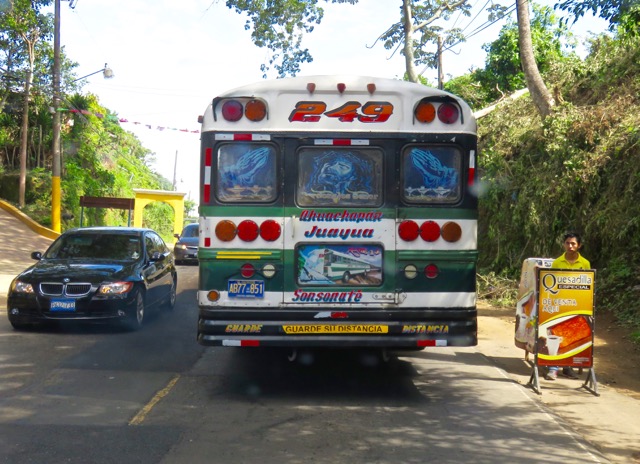

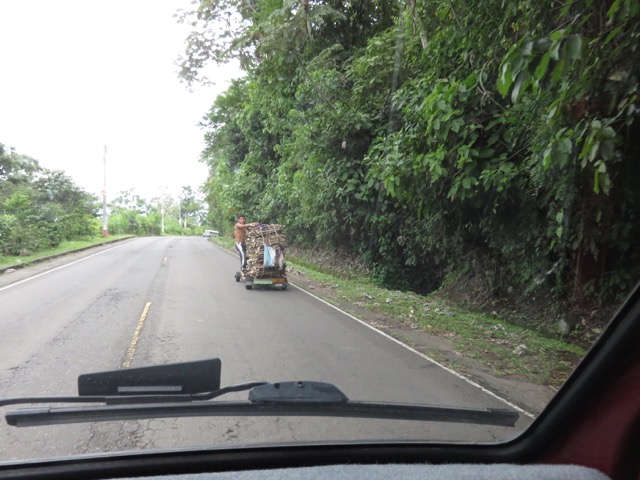
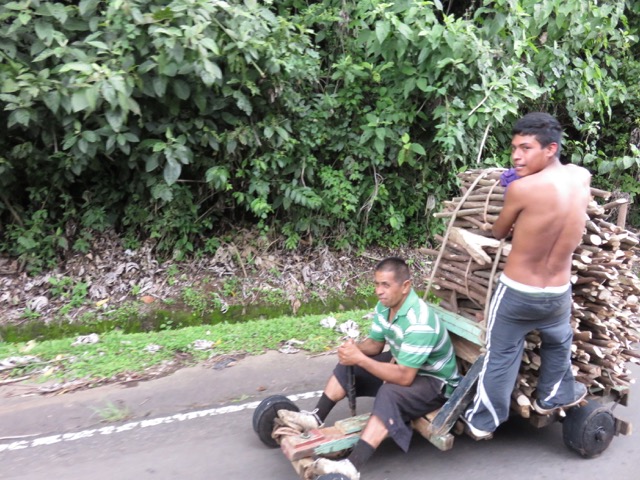

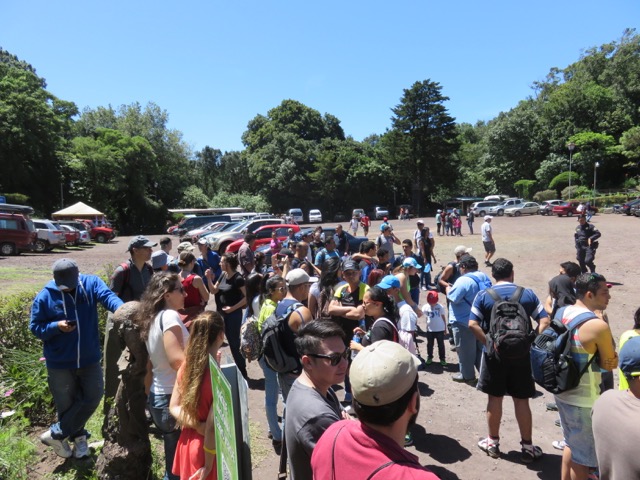
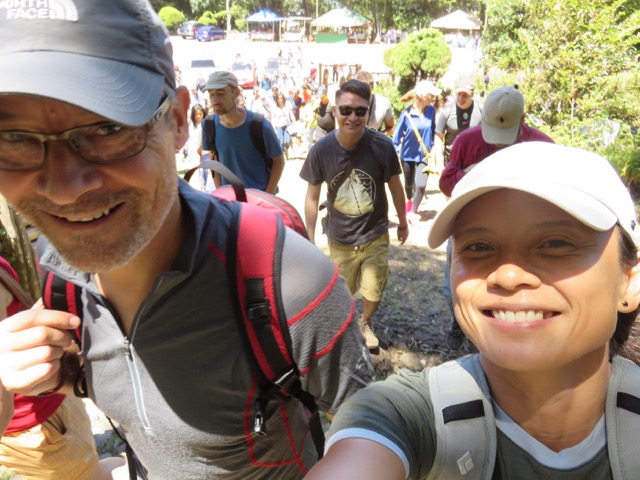
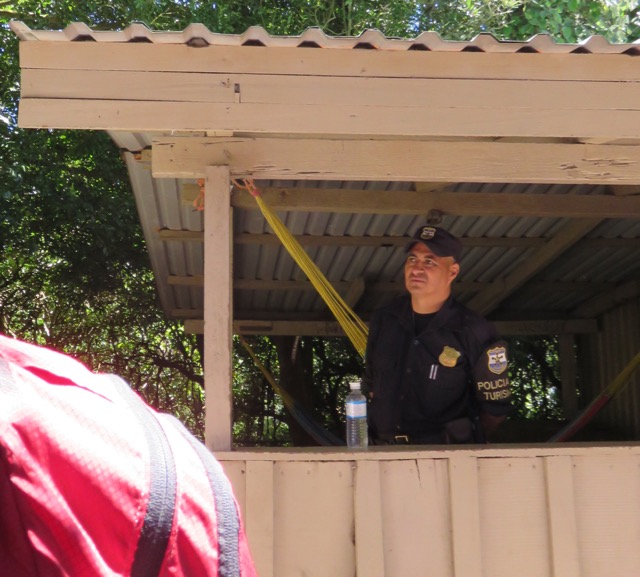
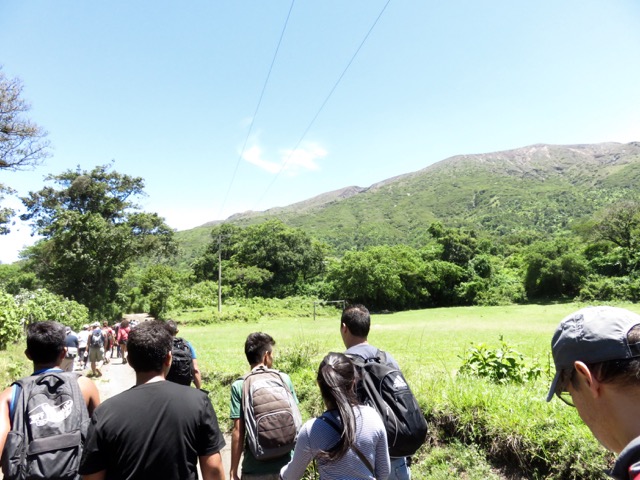


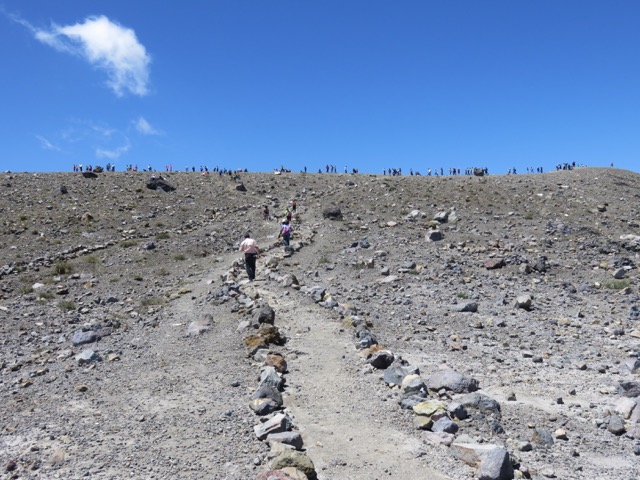
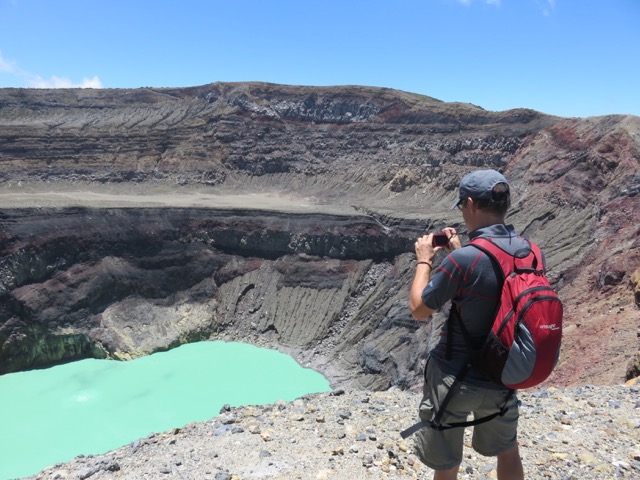
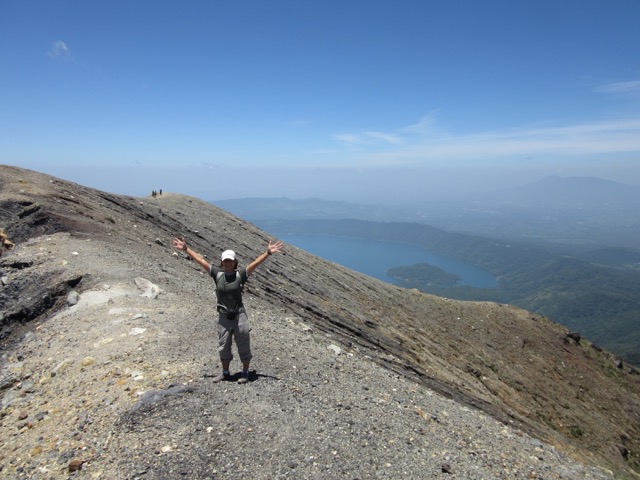

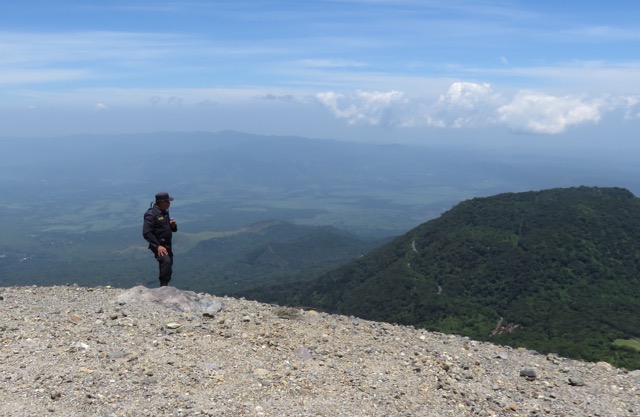
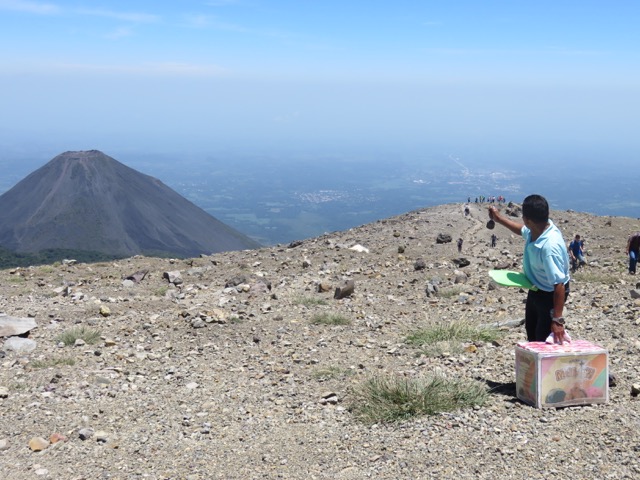
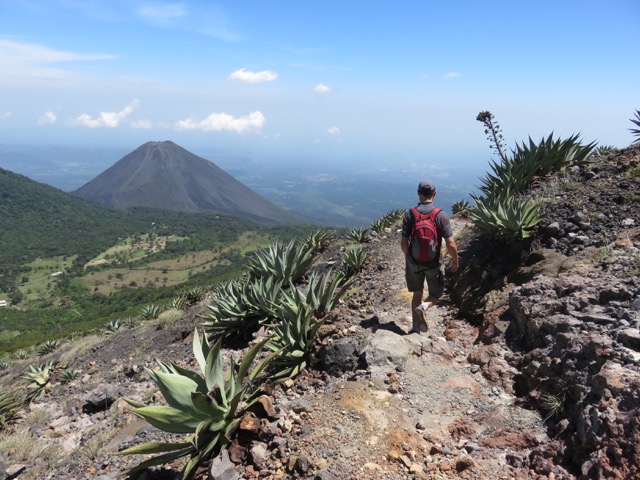
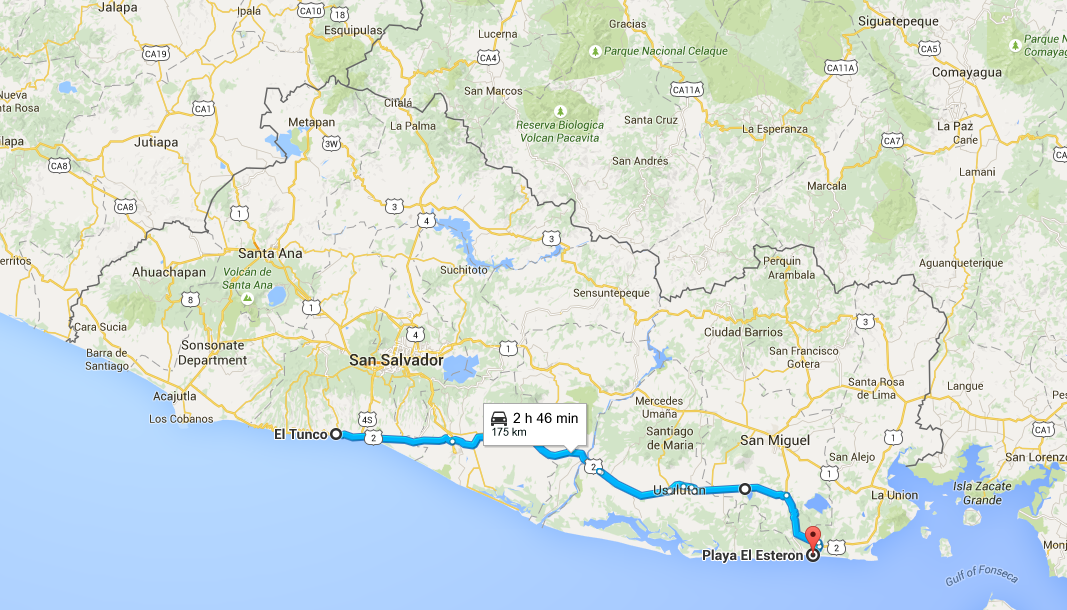
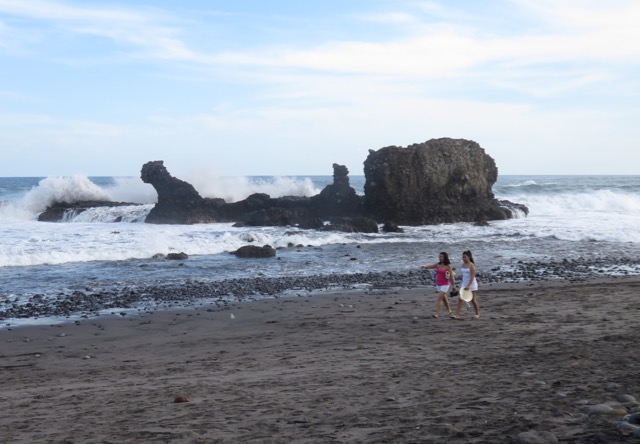
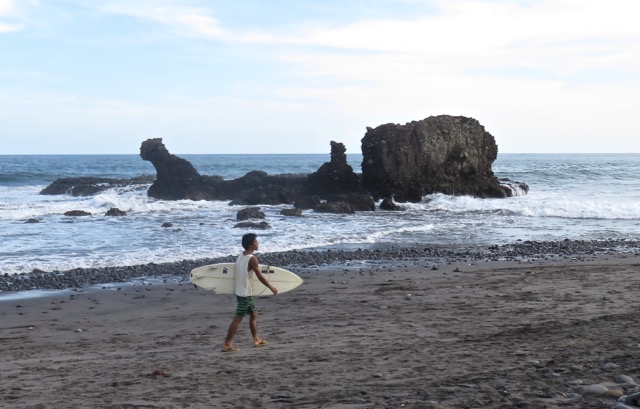
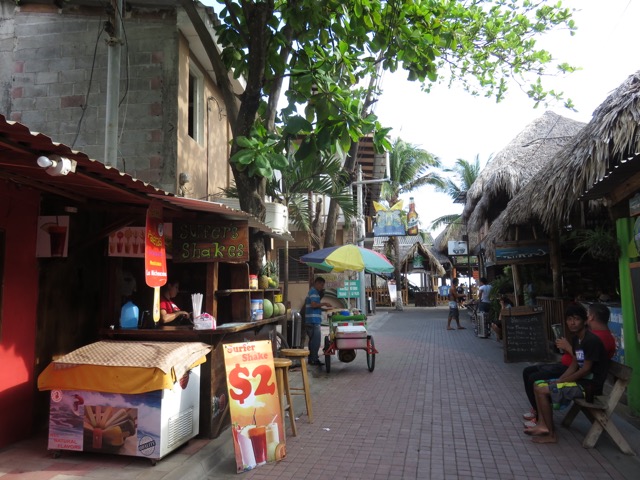
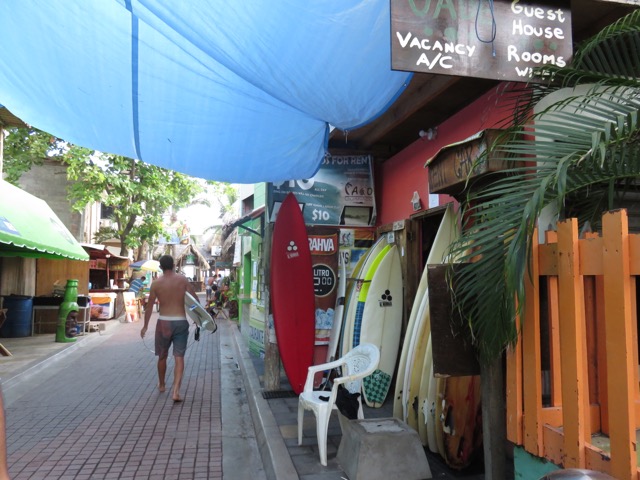
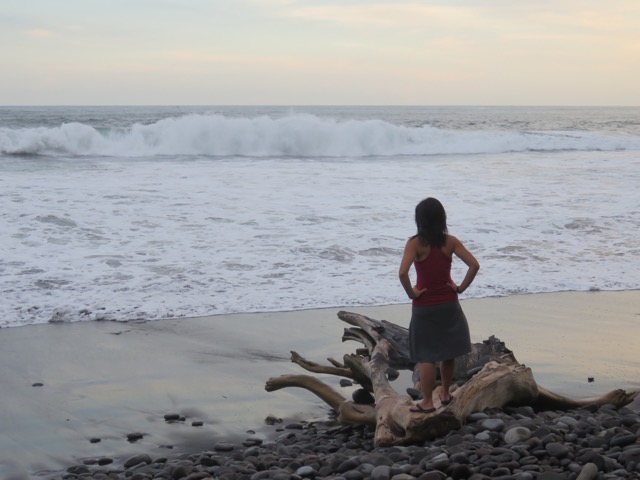
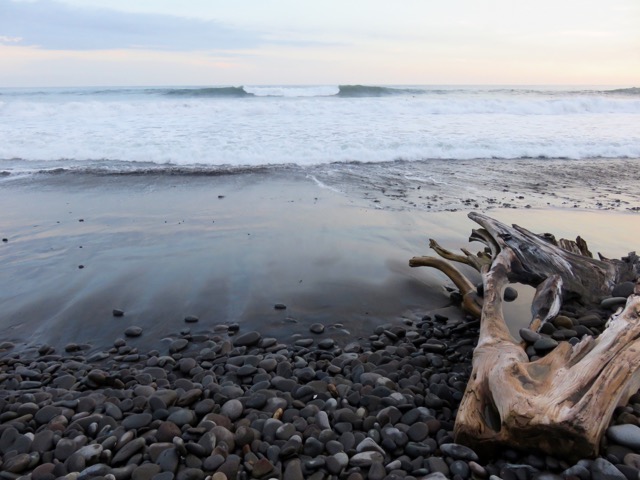
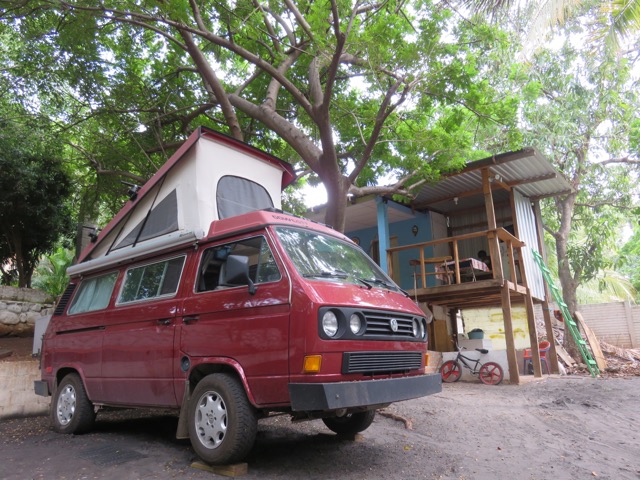
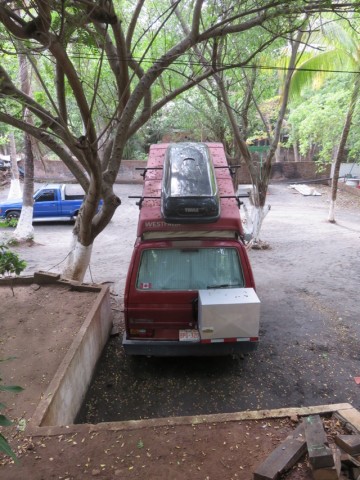
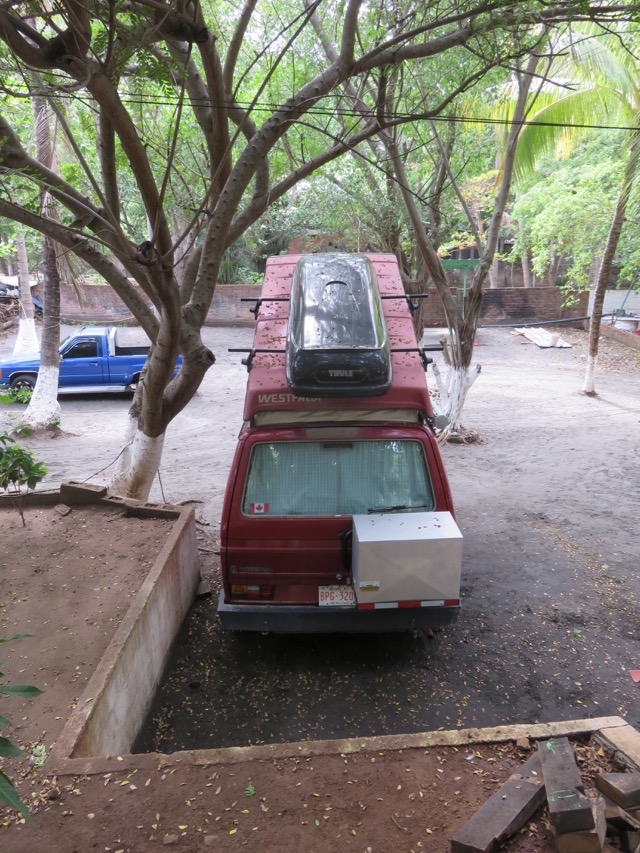
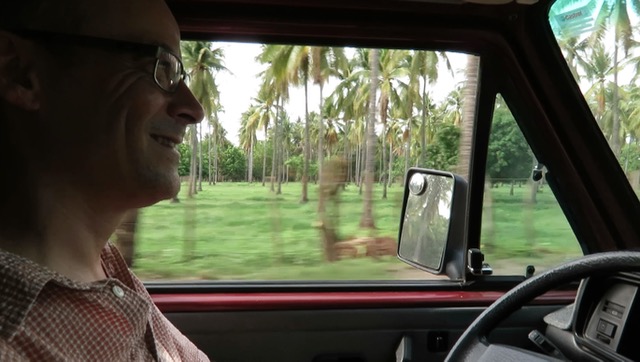
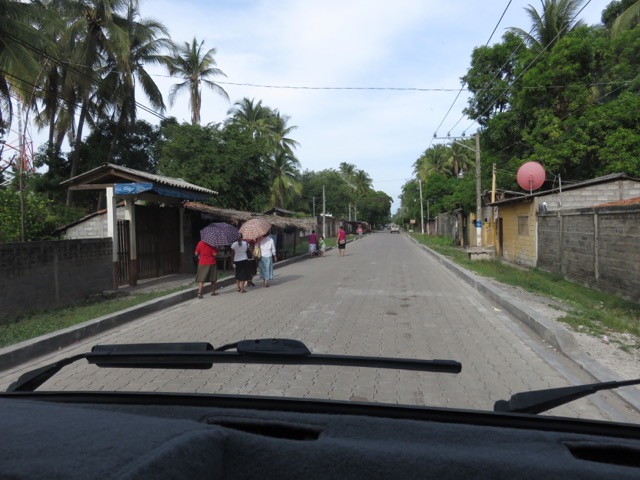
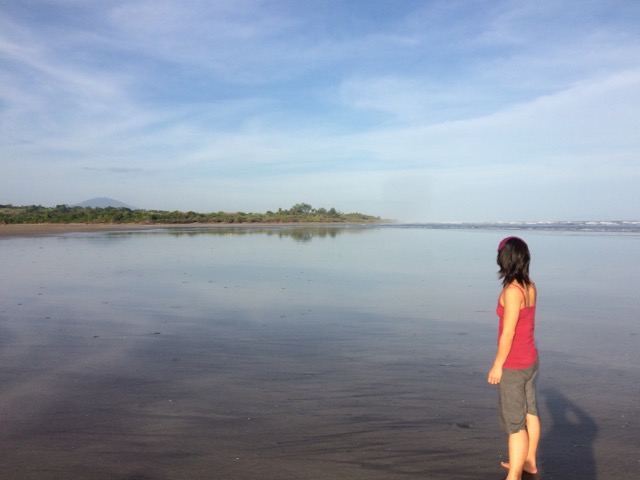
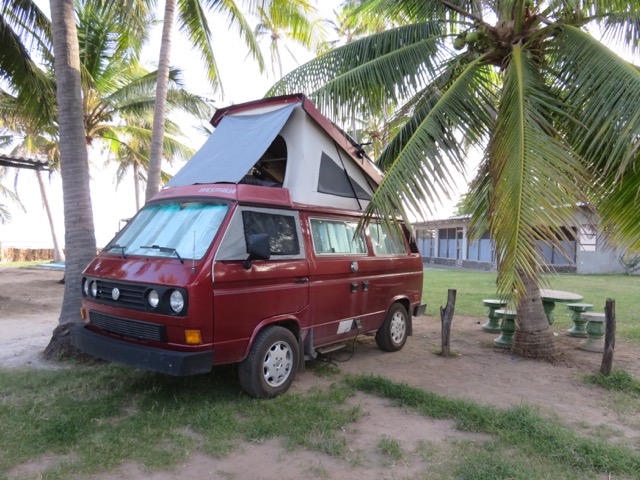
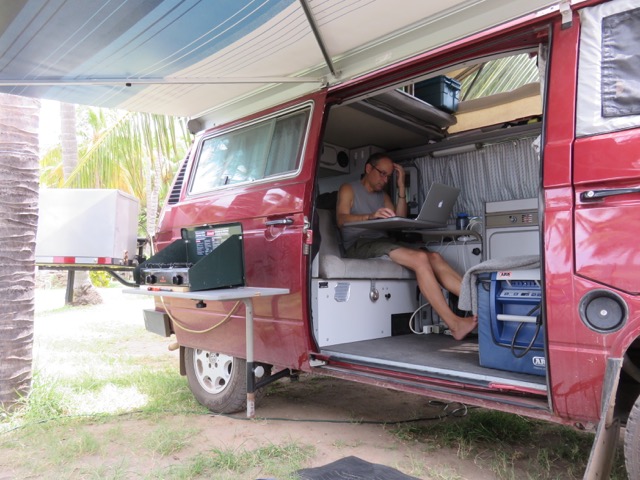

El Salvador looks amazing! Thanks for sharing. Fabulous pictures, especially the beach with the driftwood and the wave curling – Photo contest winner!
Glad you got the computer sorted out. Must have been stressful.
You guys looks happy and healthy. Take care.
Laurie
Hey thanks for the comment, Laurie. It’s amazing how dependent we are on our computers and on the Internet, even on a trip like this. When we manage to put our devices away, we can enjoy beaches like the ones you saw in the post. Happy and healthy, but we still have to remind ourselves to balance work with pleasure!
I learned so much about El Salvador – thanks for the brief history lesson. So fascinating!
The pics of you hiking with so many Salvadorians were great!
Gorgeous beaches…
Thanks for continuing to share your journey with us all!
Thanks for the comments! Who knew that this tiny little country had so much to offer.
Feeling inspired about El Salvador now 🙂 I know exactly how Gregor felt when his computer had a meltdown. Just happened to me about four weeks ago, the hardest part was getting enough internet access to download Yosemite, find the instructions to create a bootable USB and re-downloading all many gigabytes of Adobe software and files that are backed up to the cloud. Only finally running at 100% about three weeks after the initial meltdown! Safe travels guys, hope to cross paths again down the road perhaps!
Oh, Adobe products are PAINFULLY slow to download! Not fun to have meltdowns like that. Good to hear that your software situation is sorted.